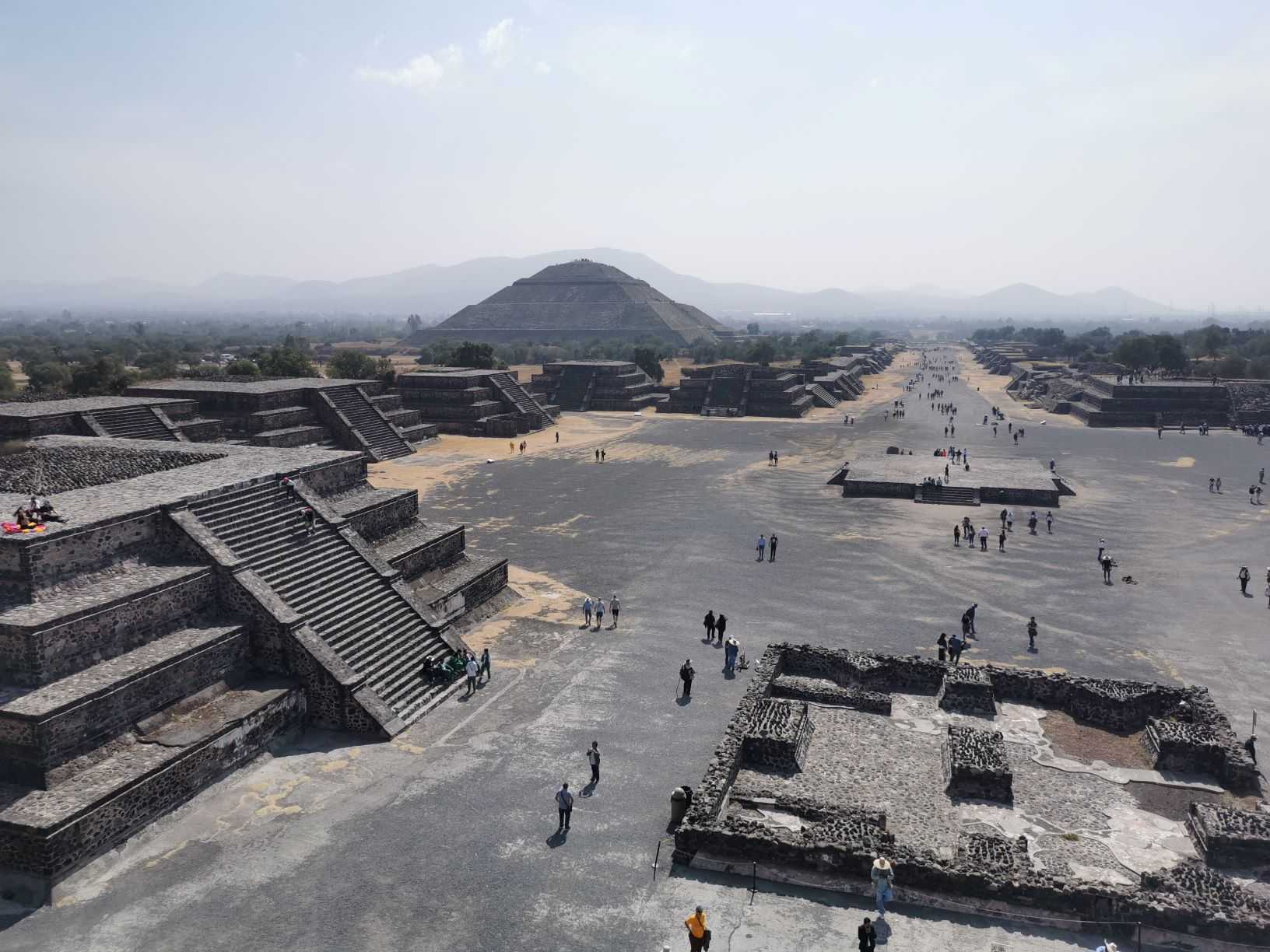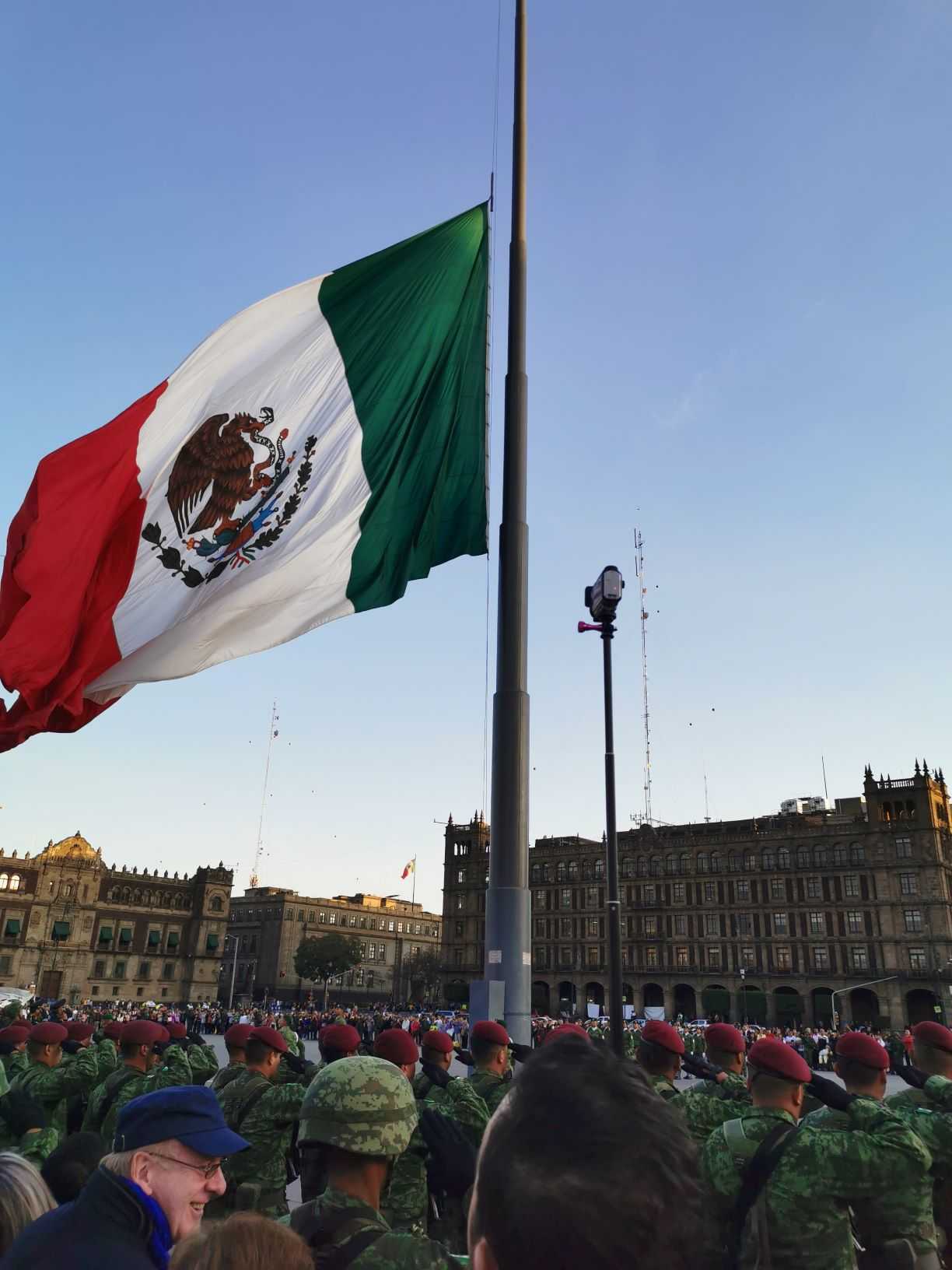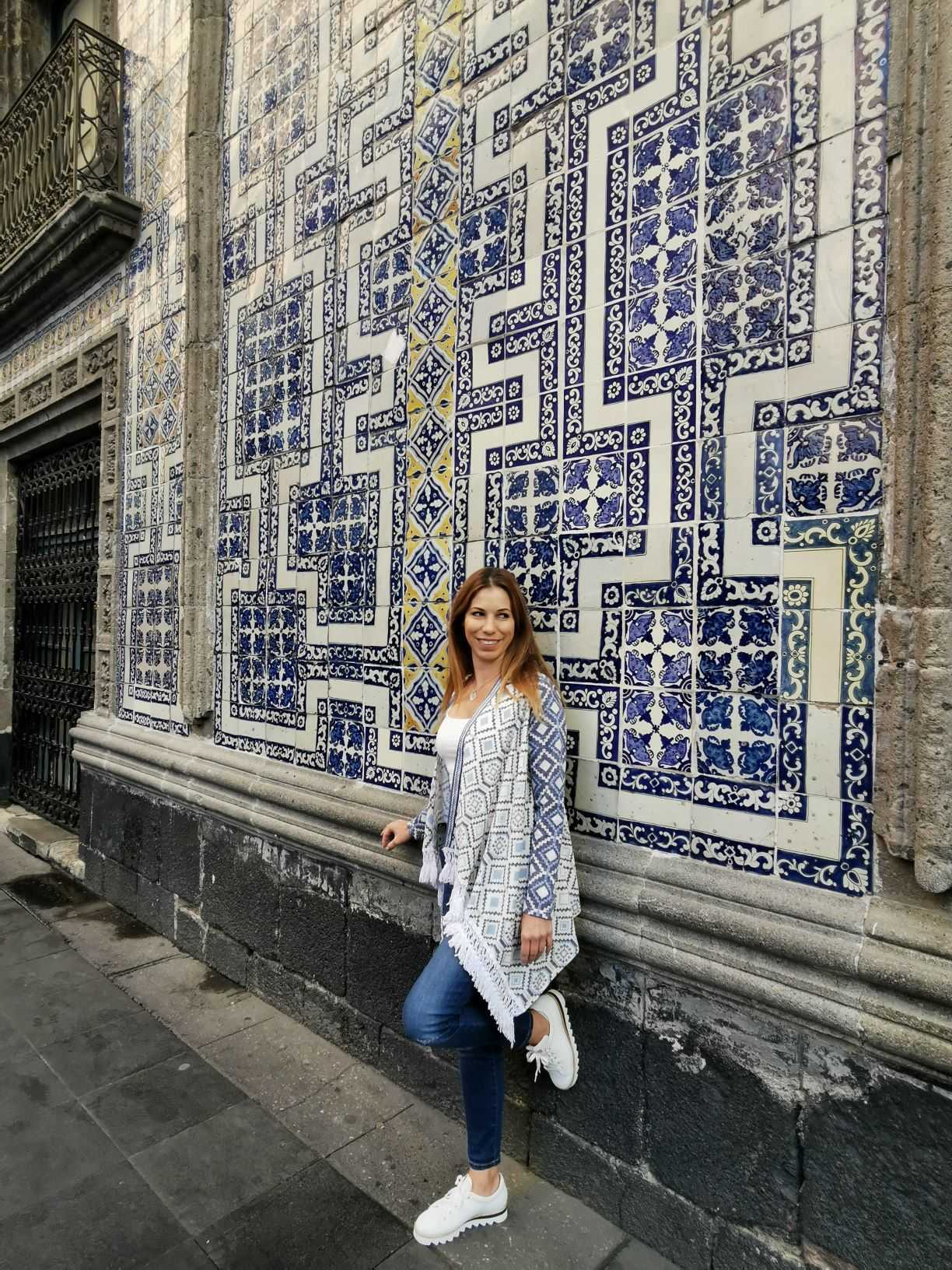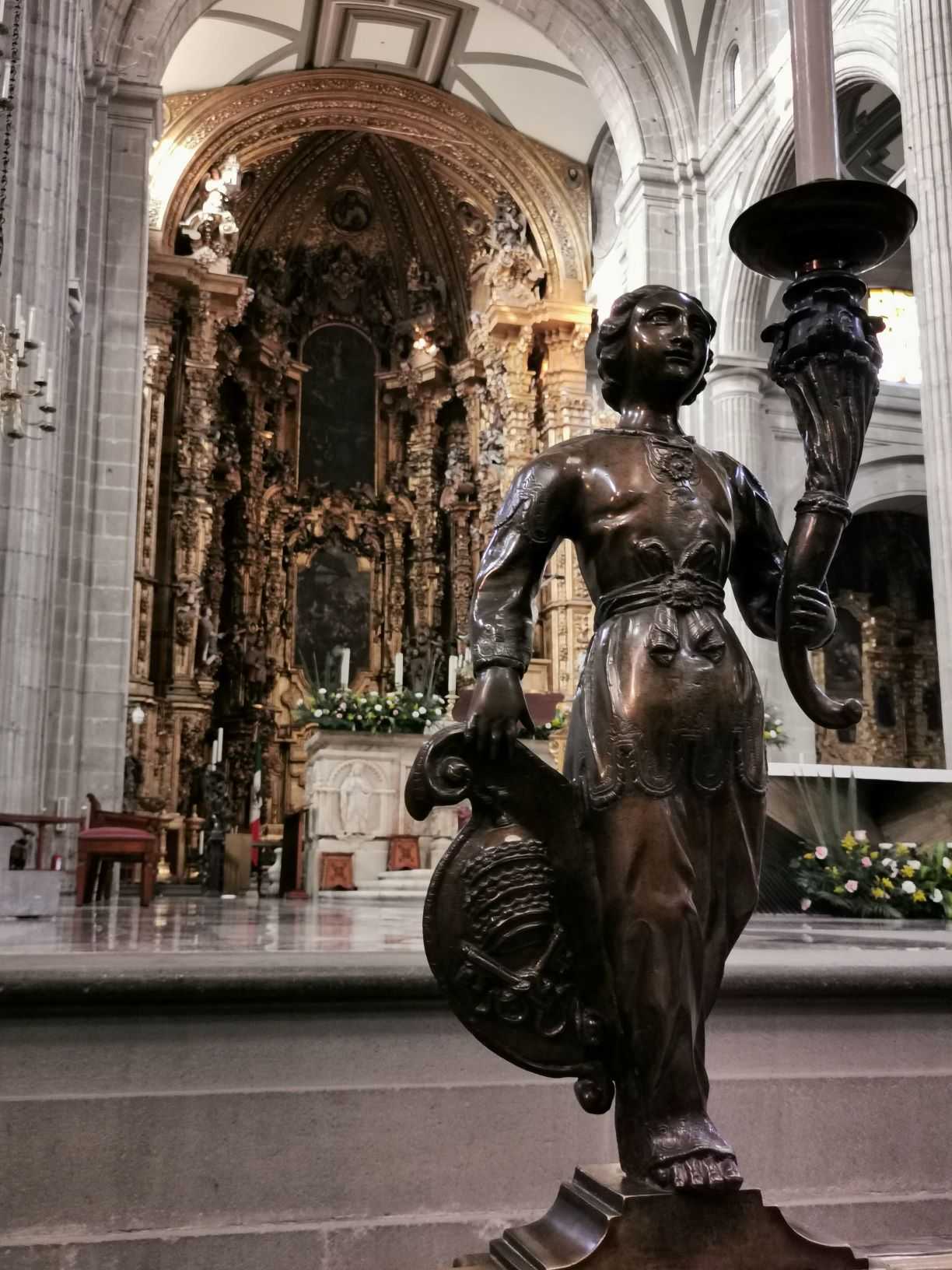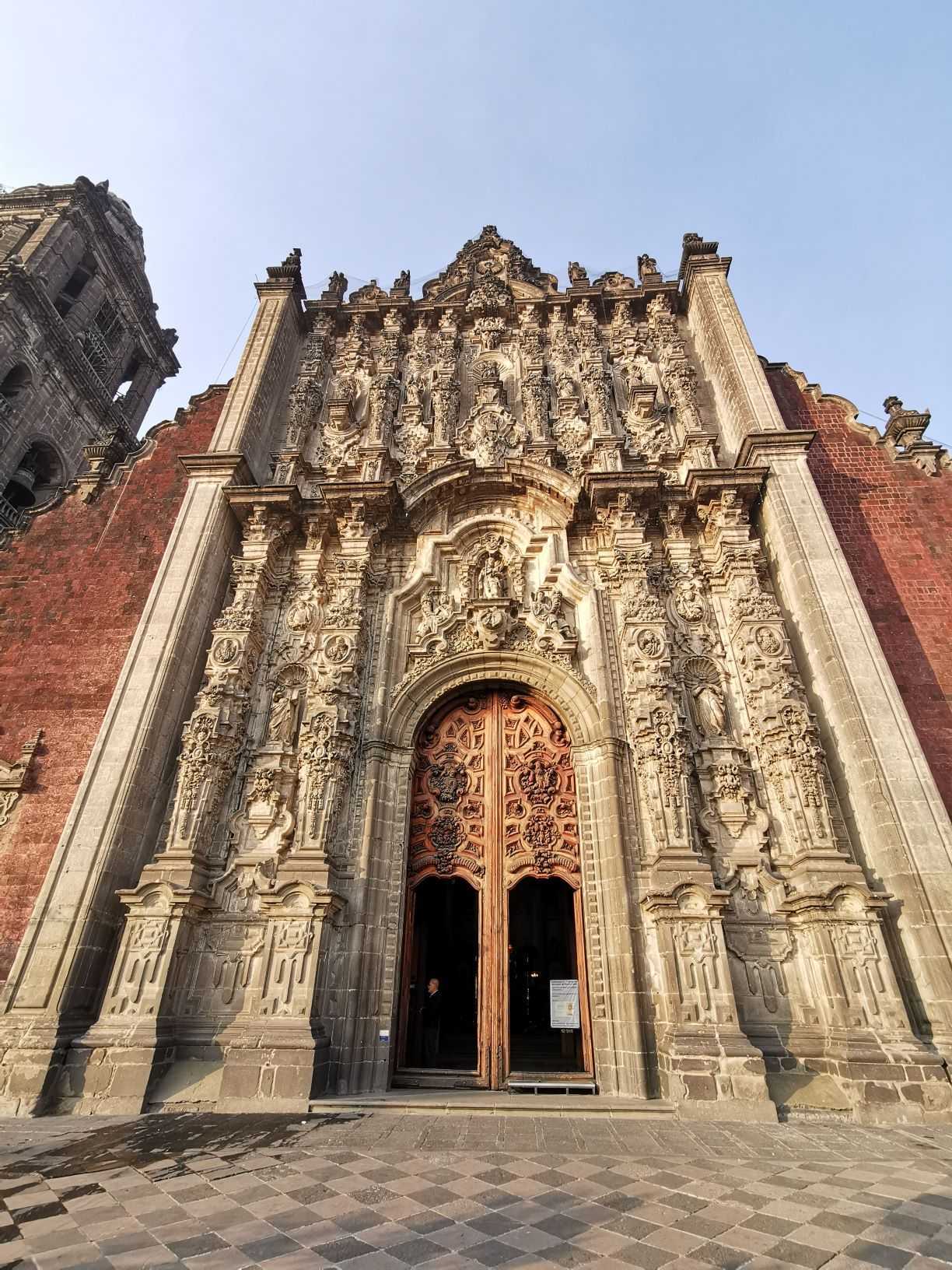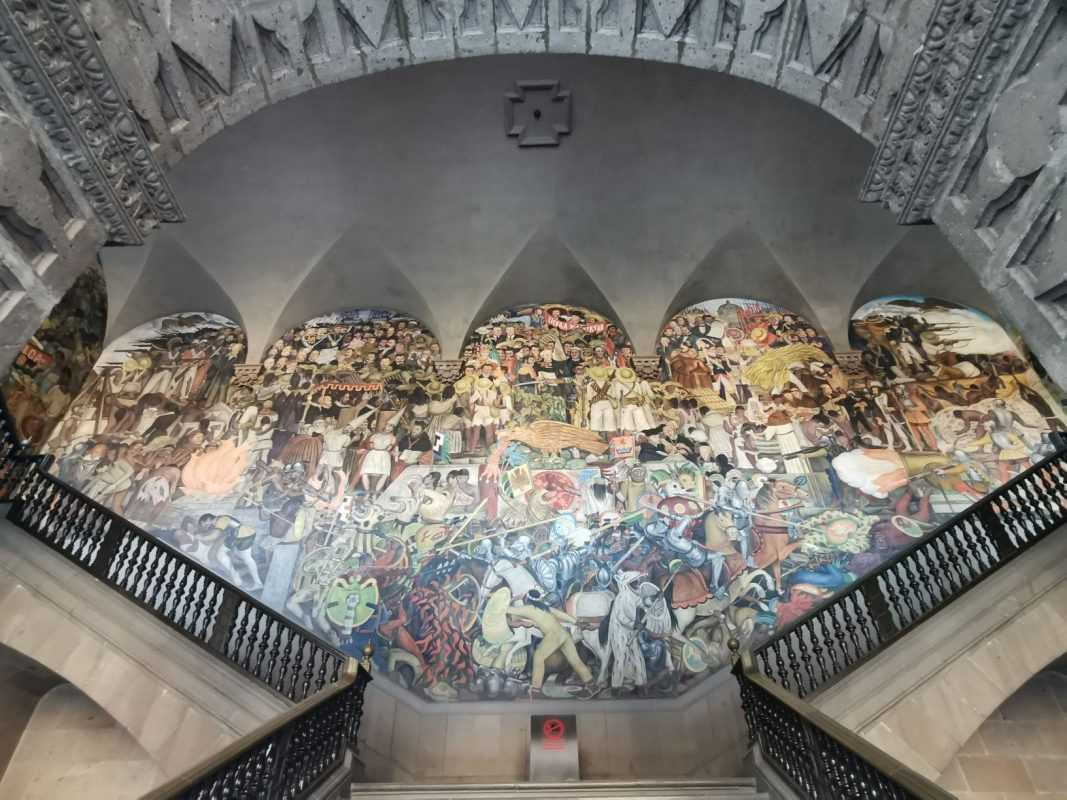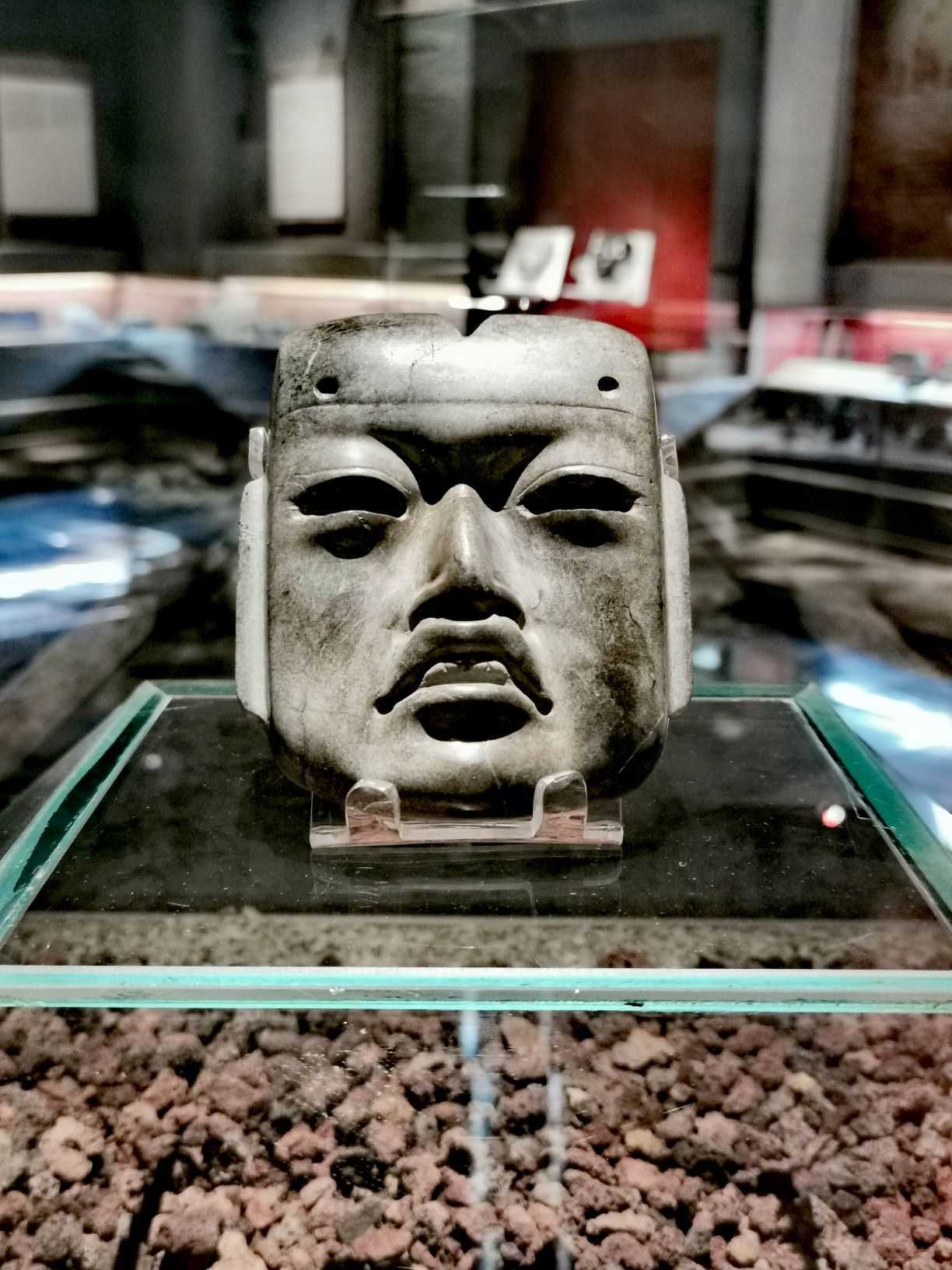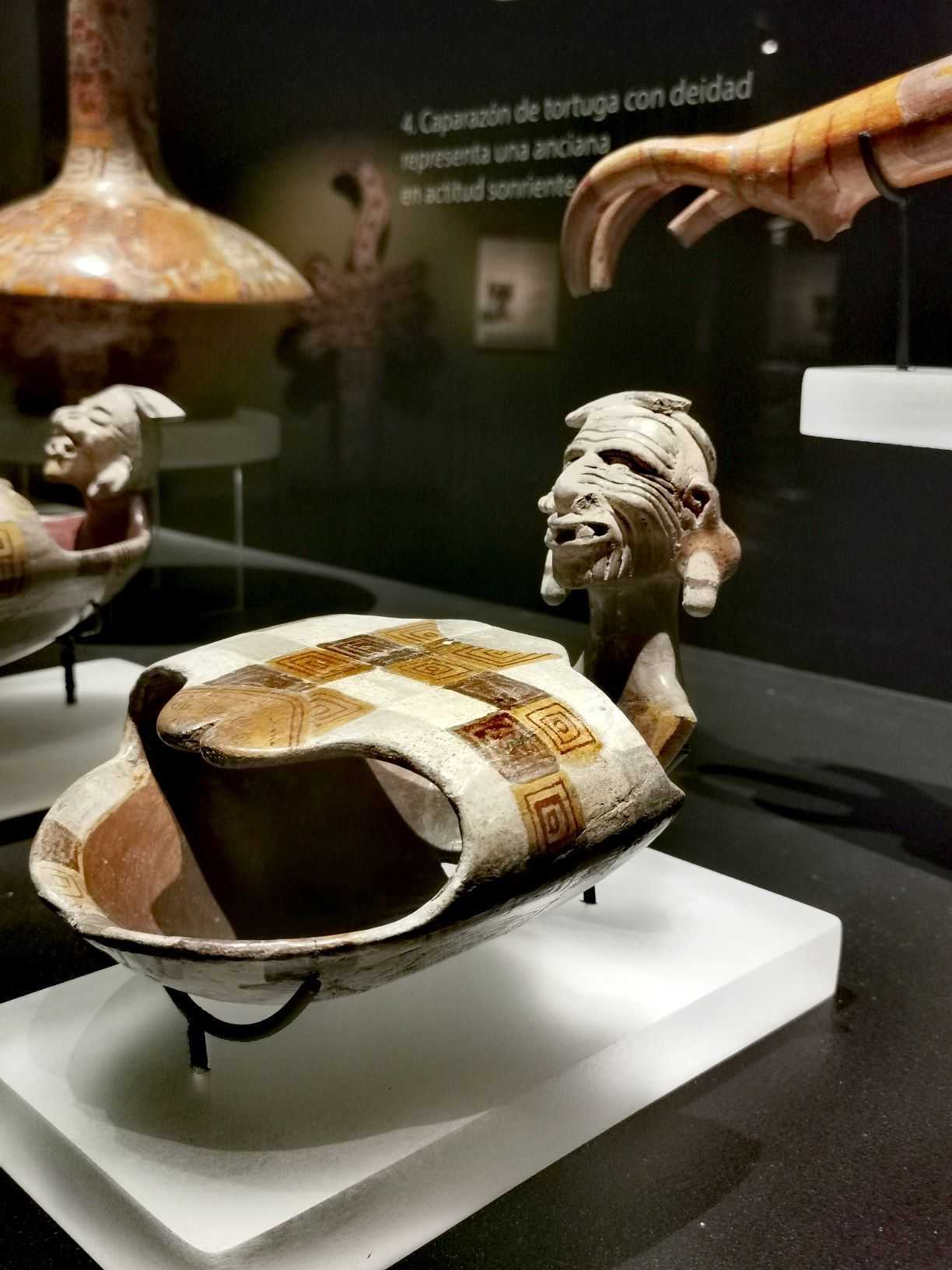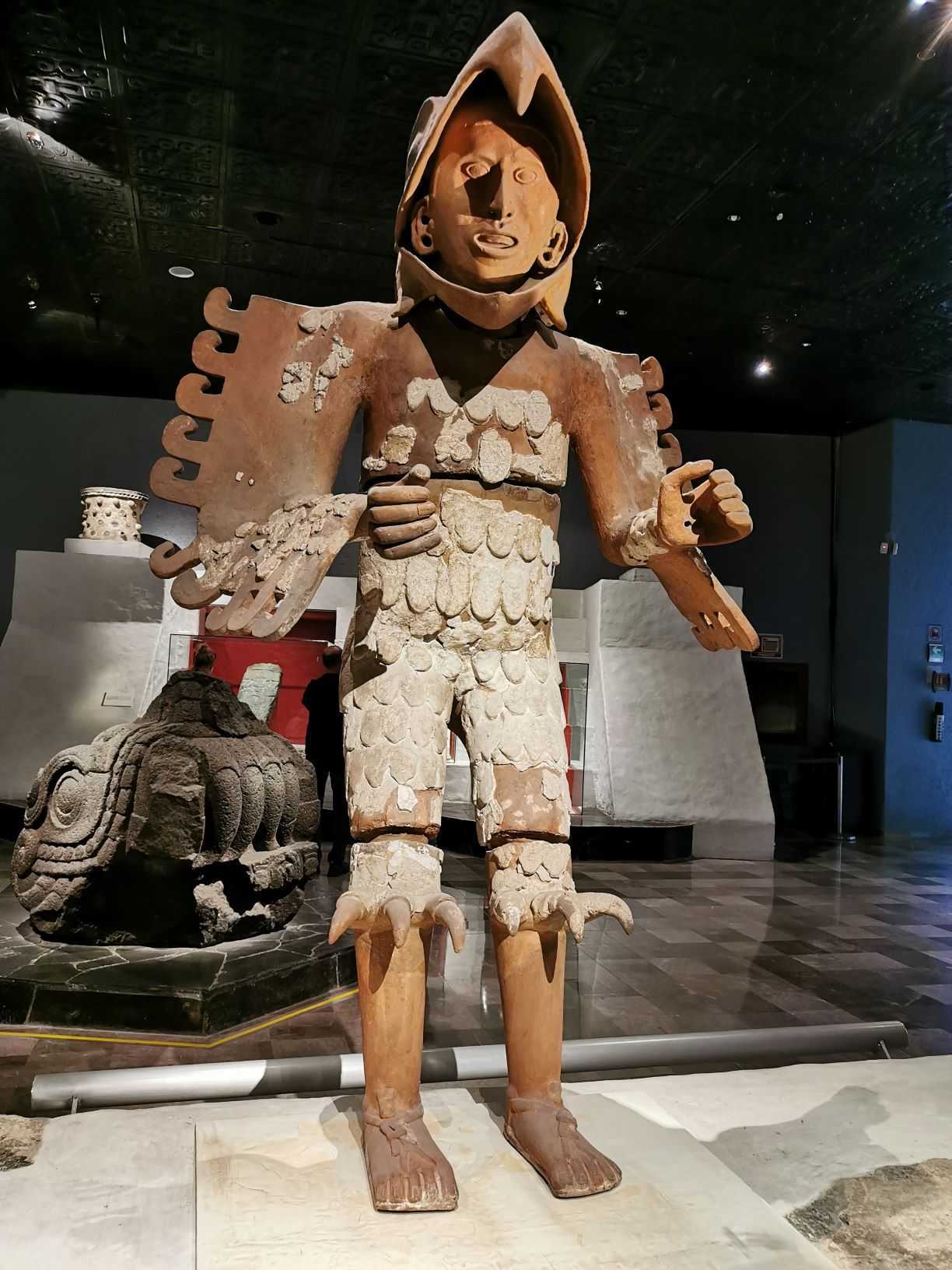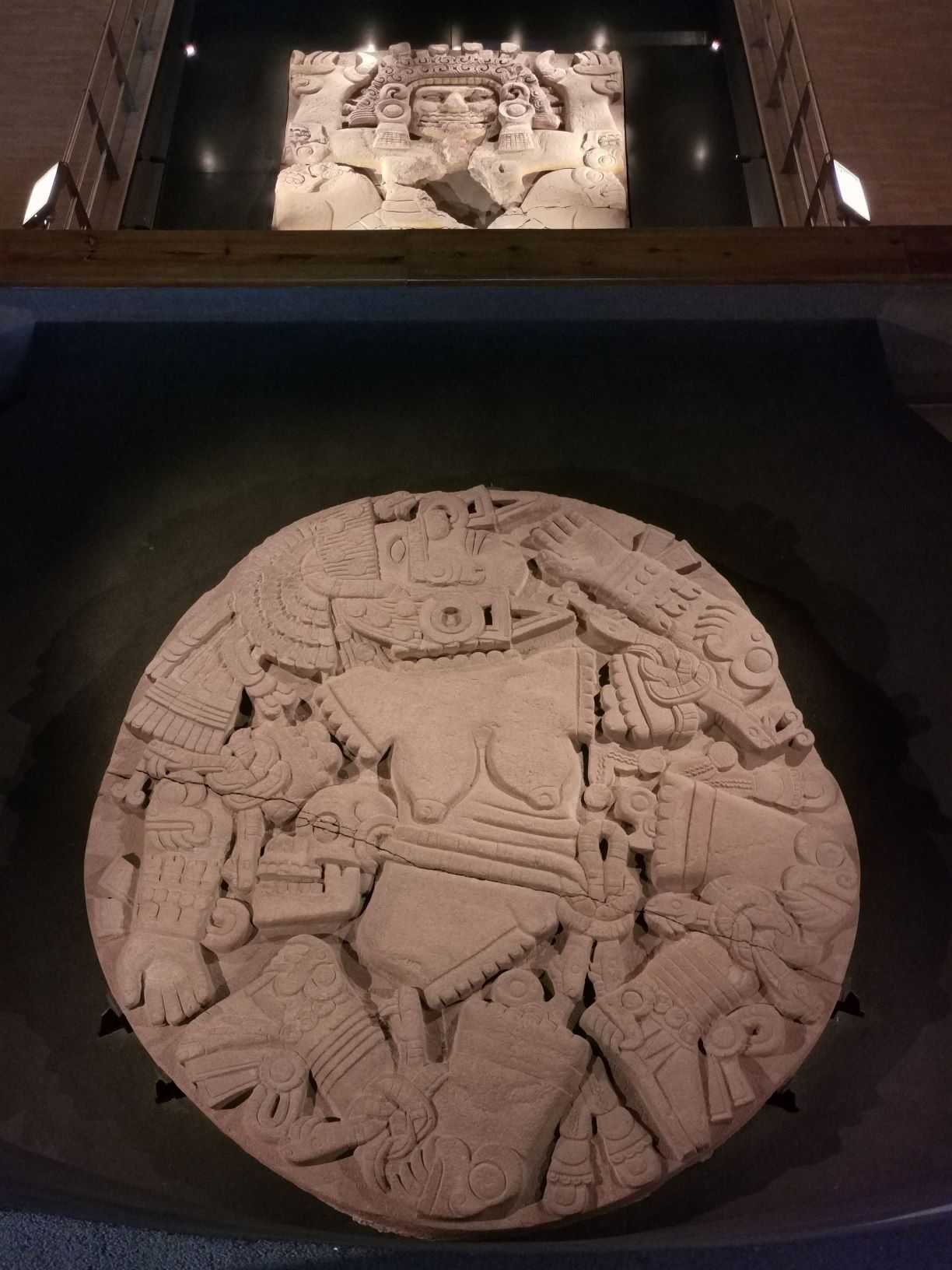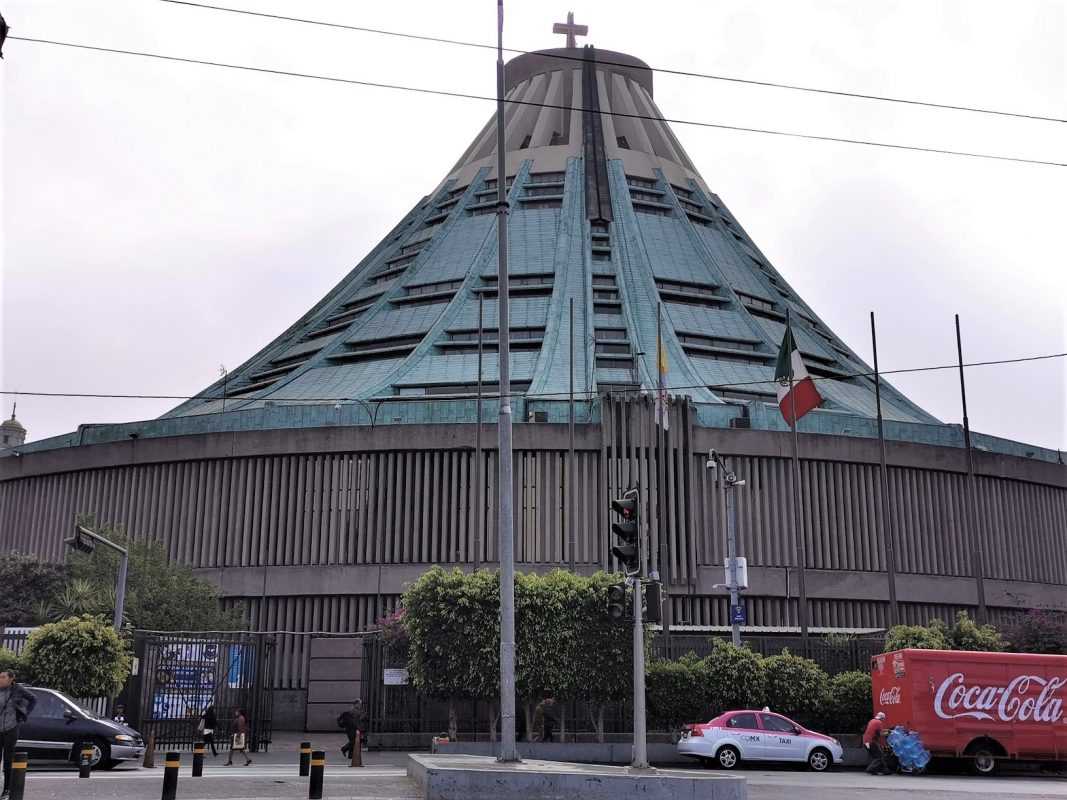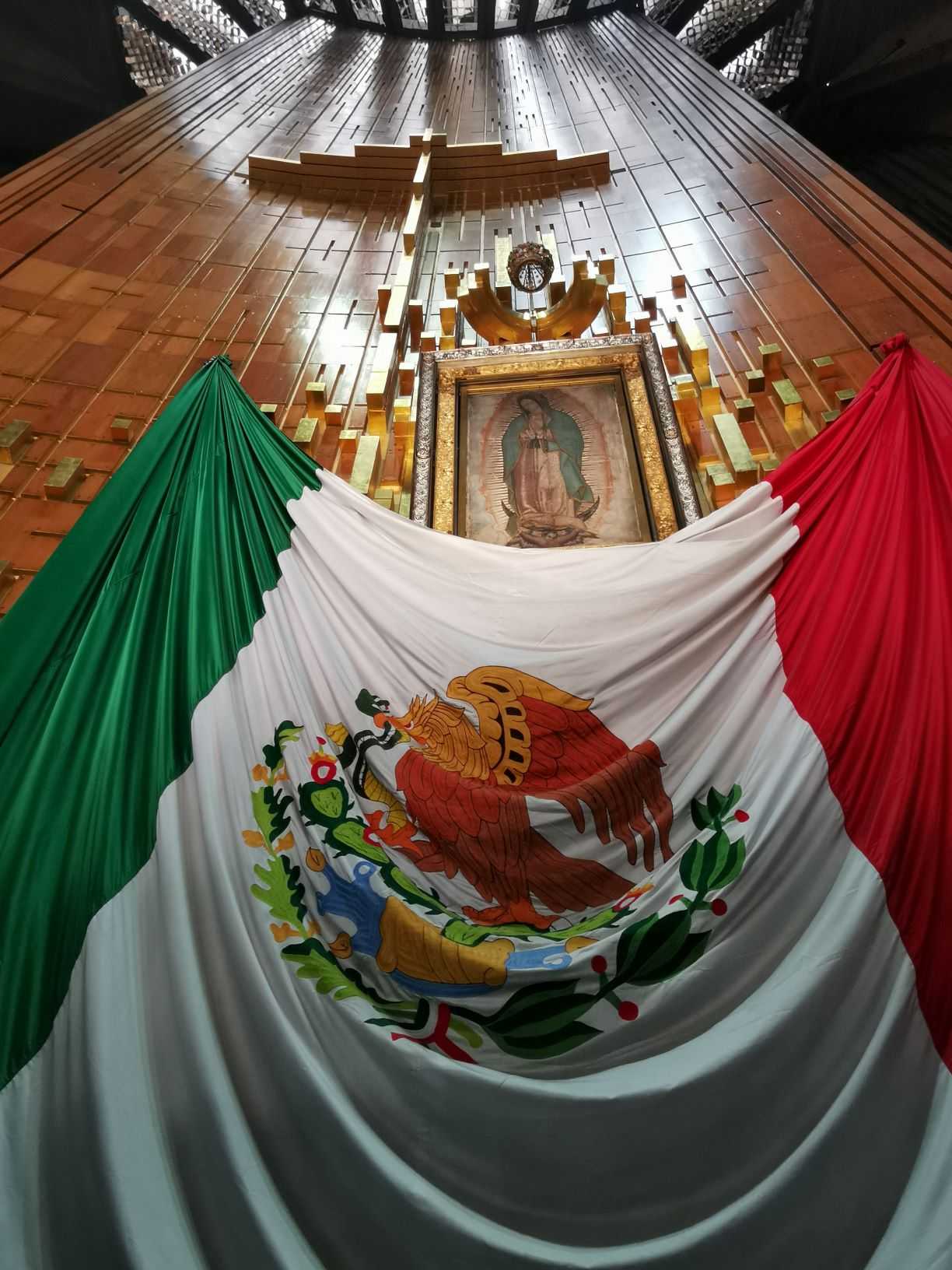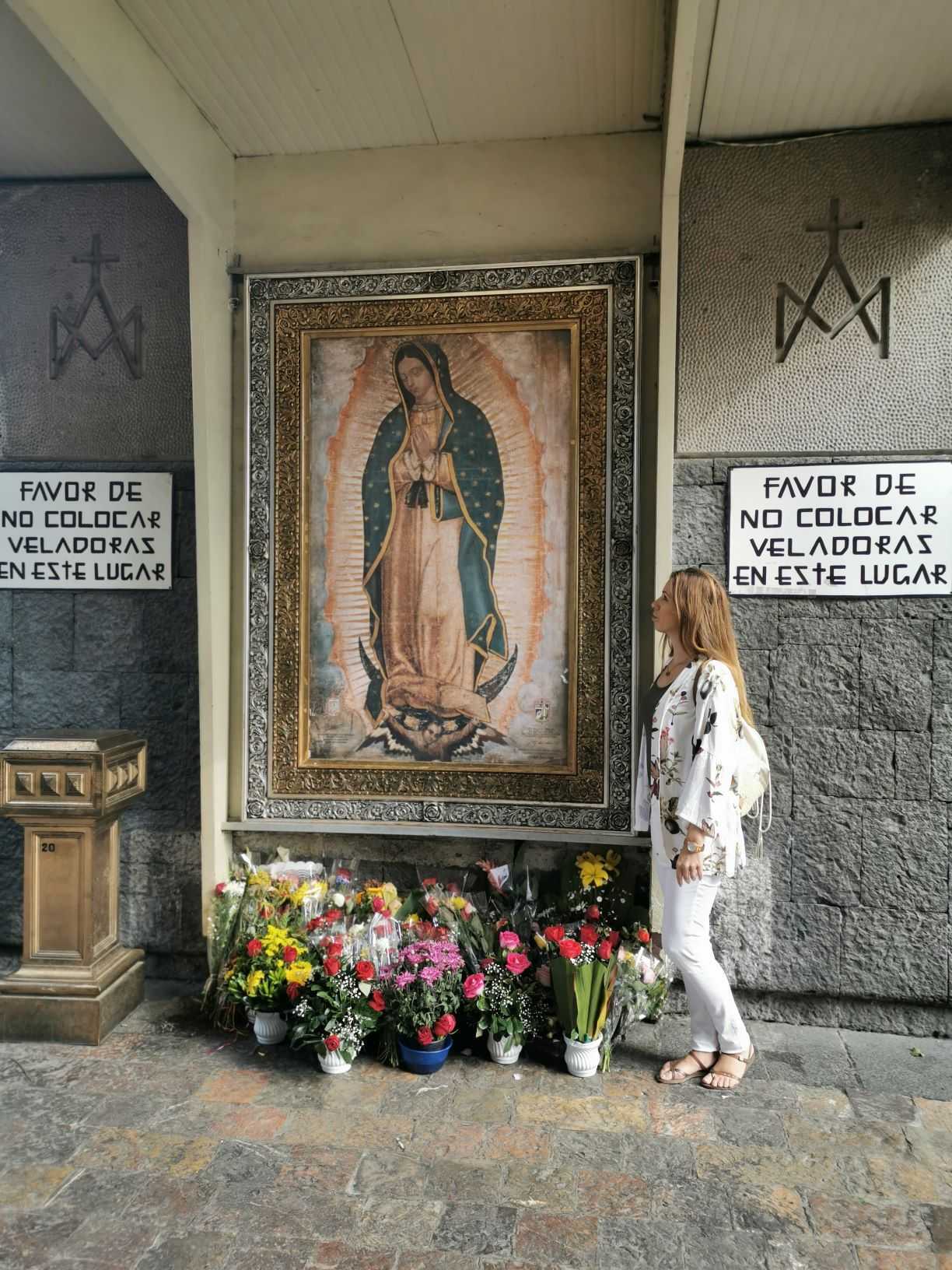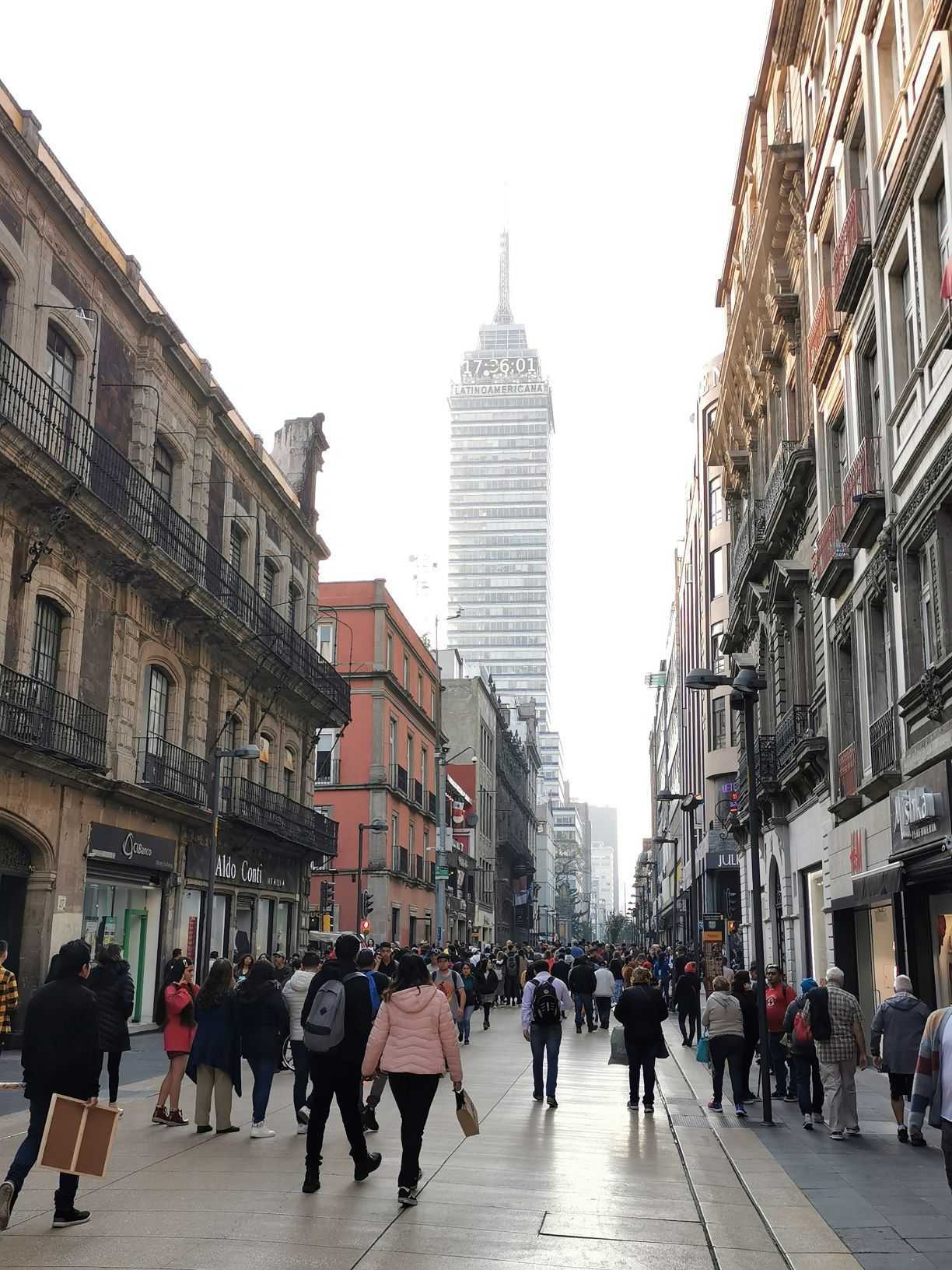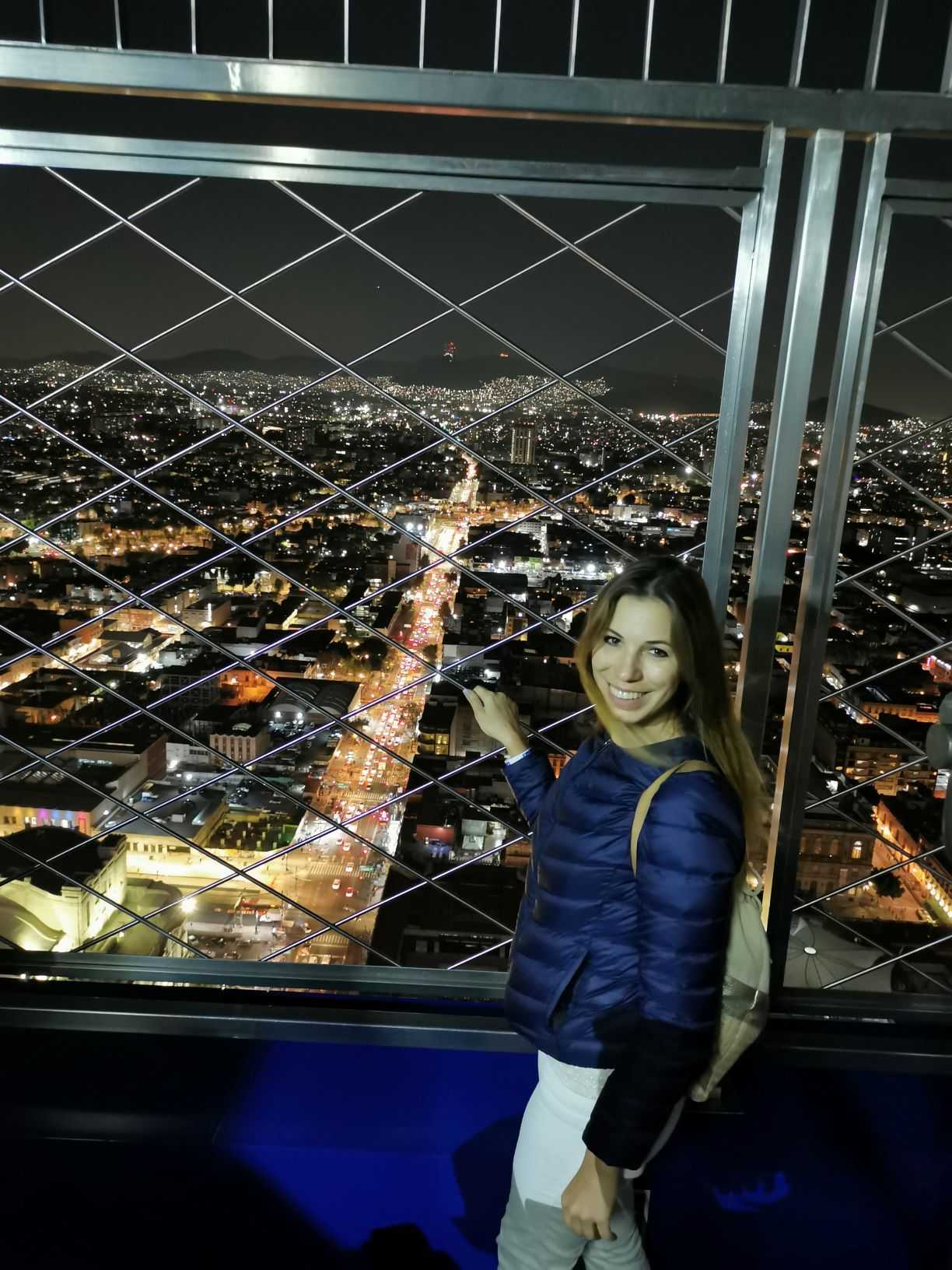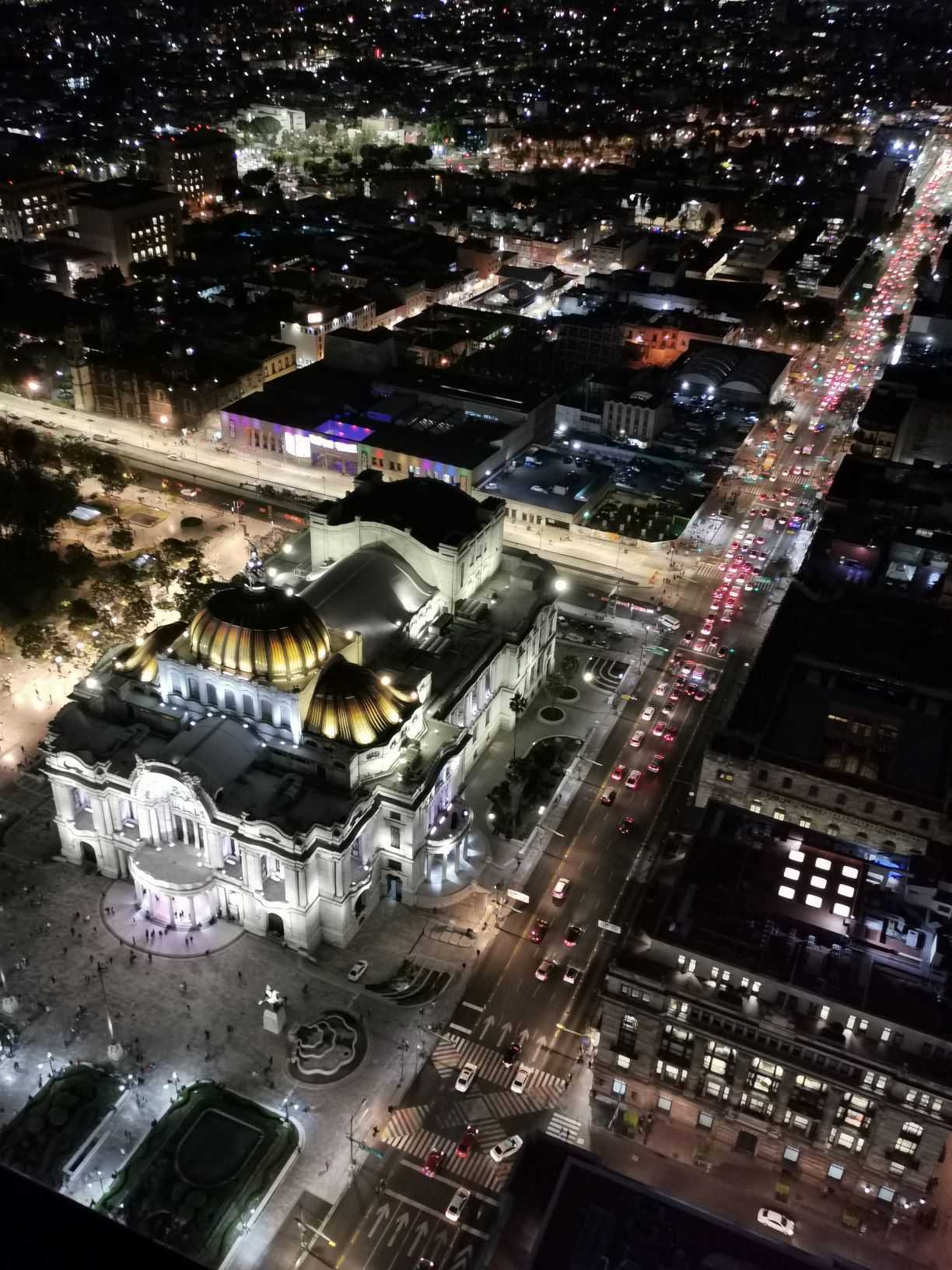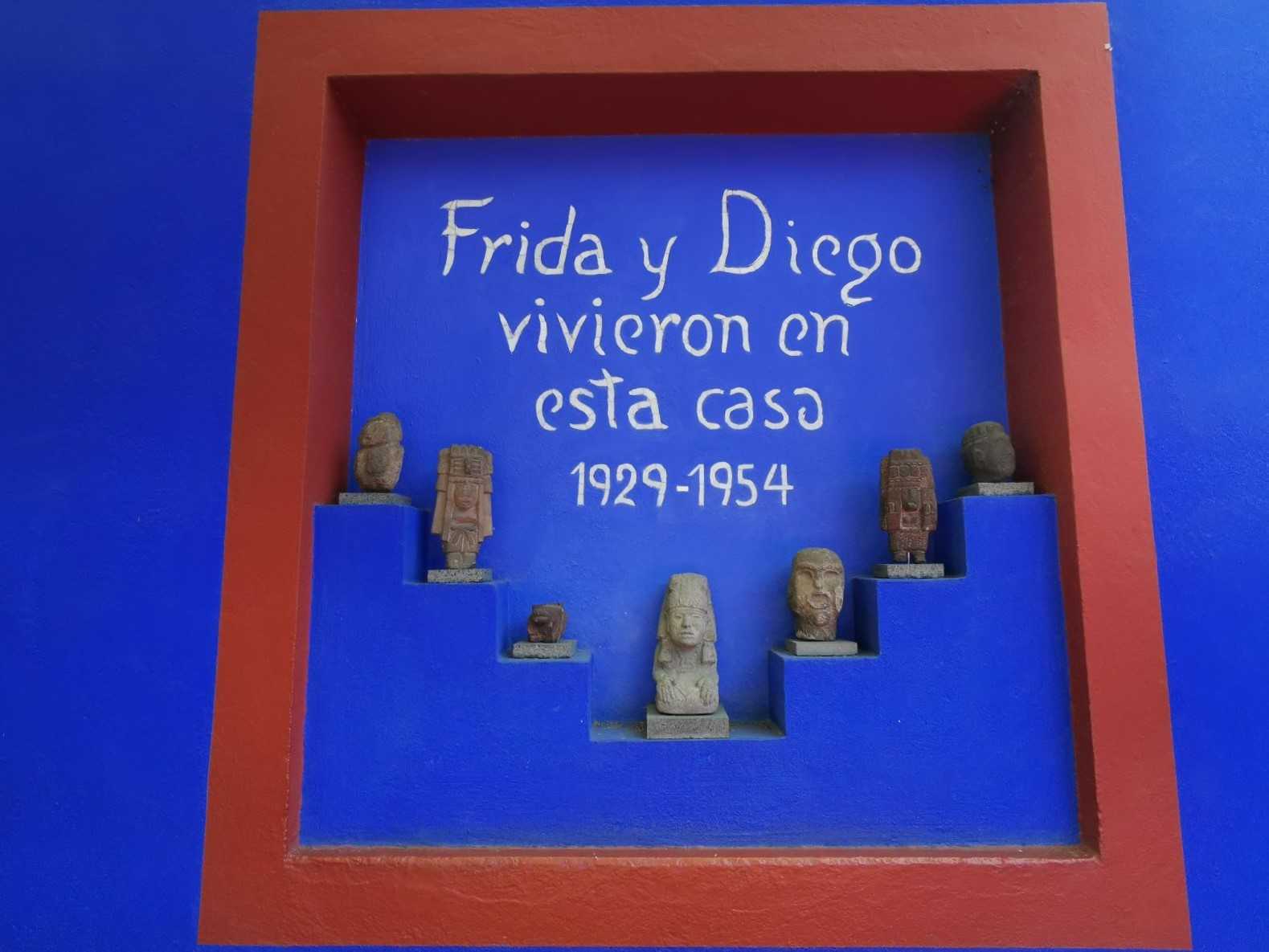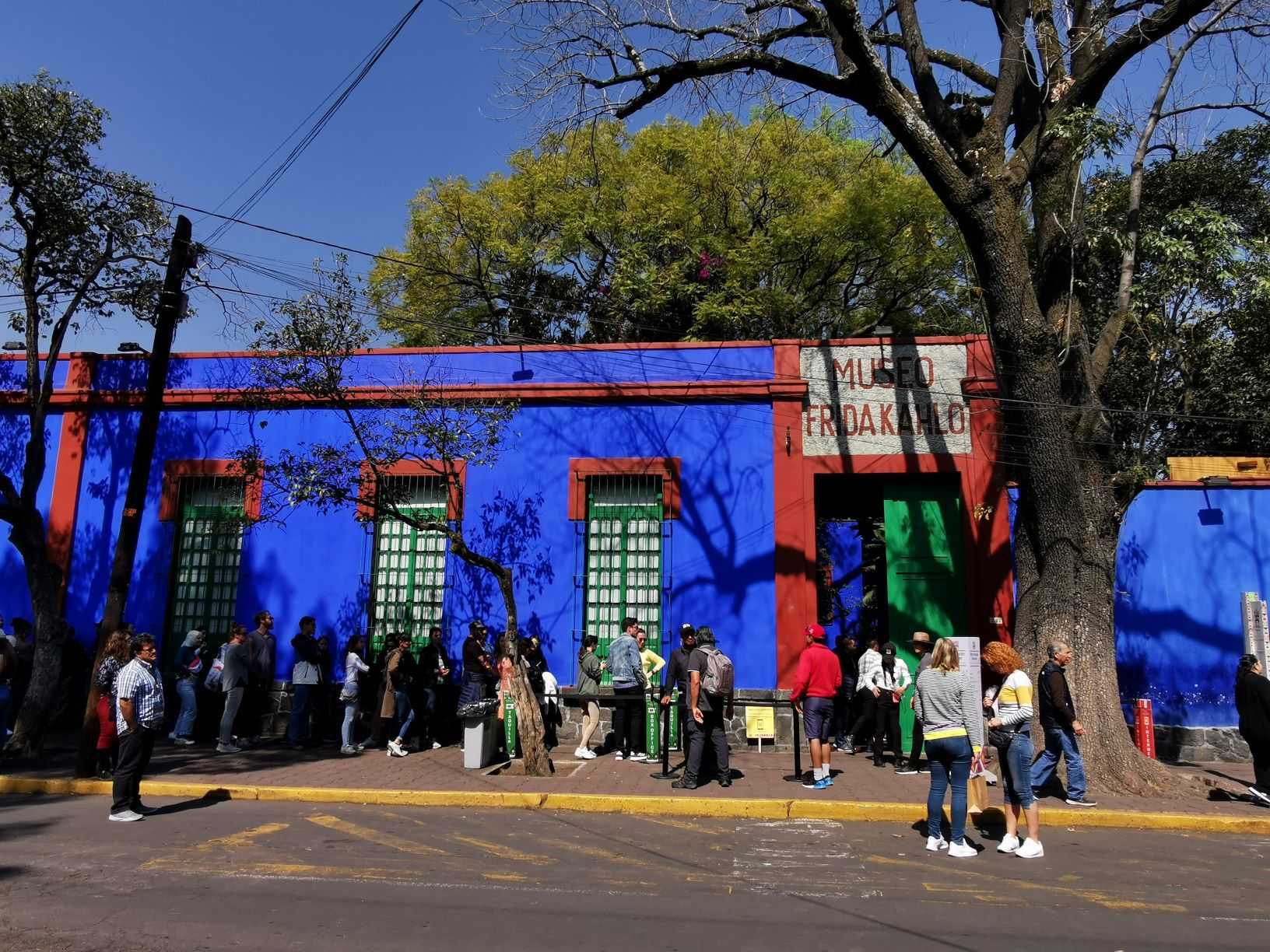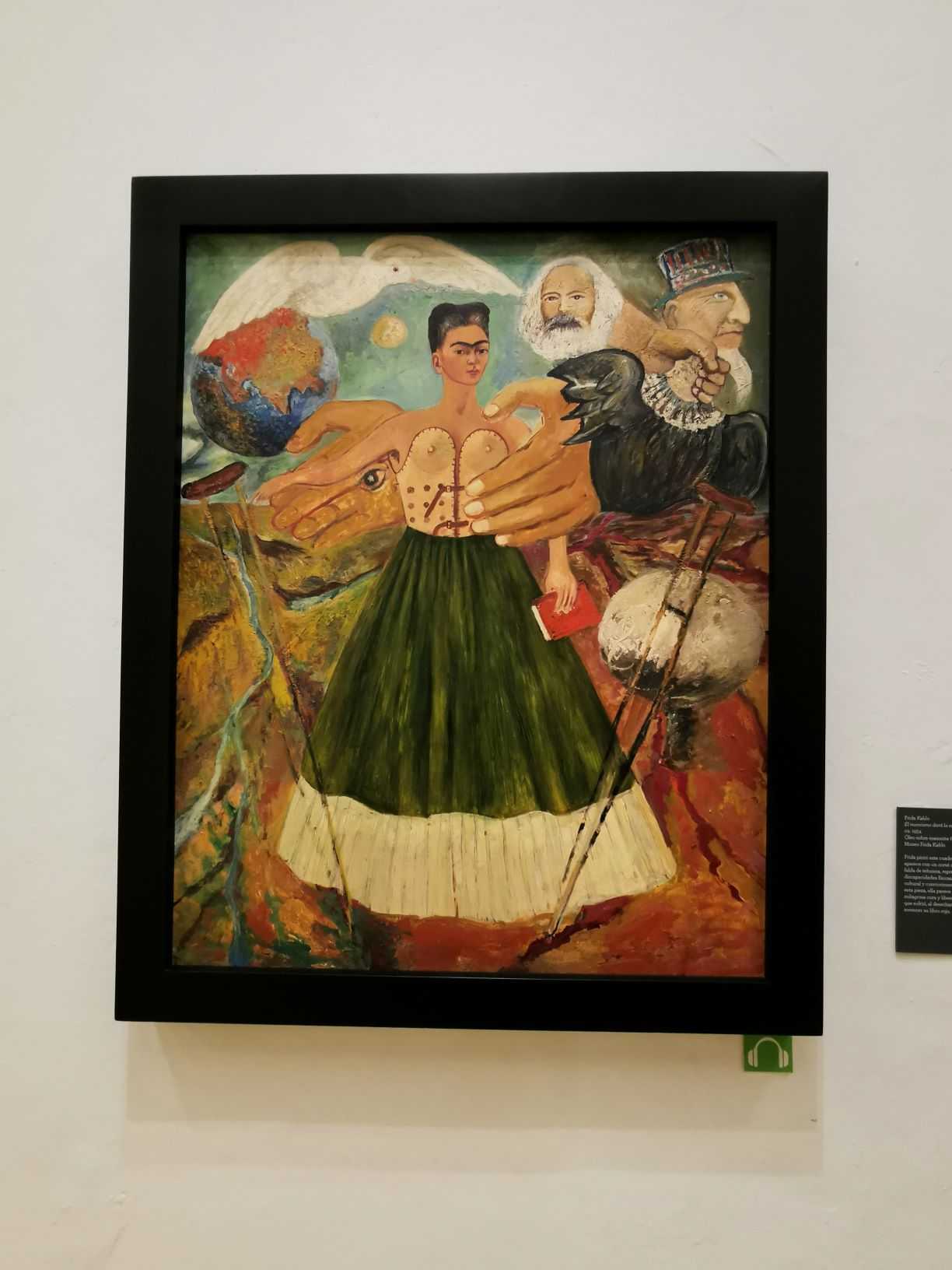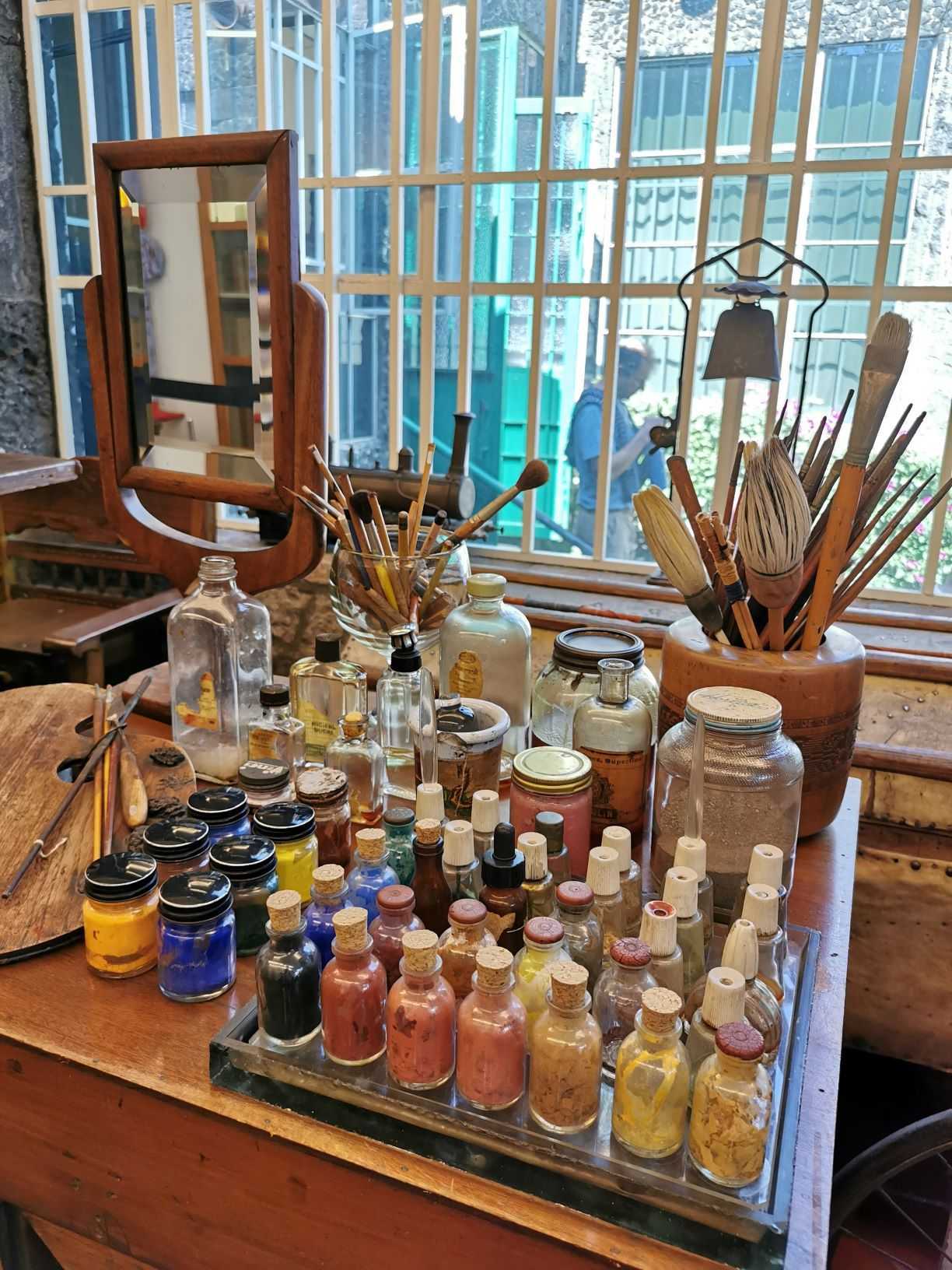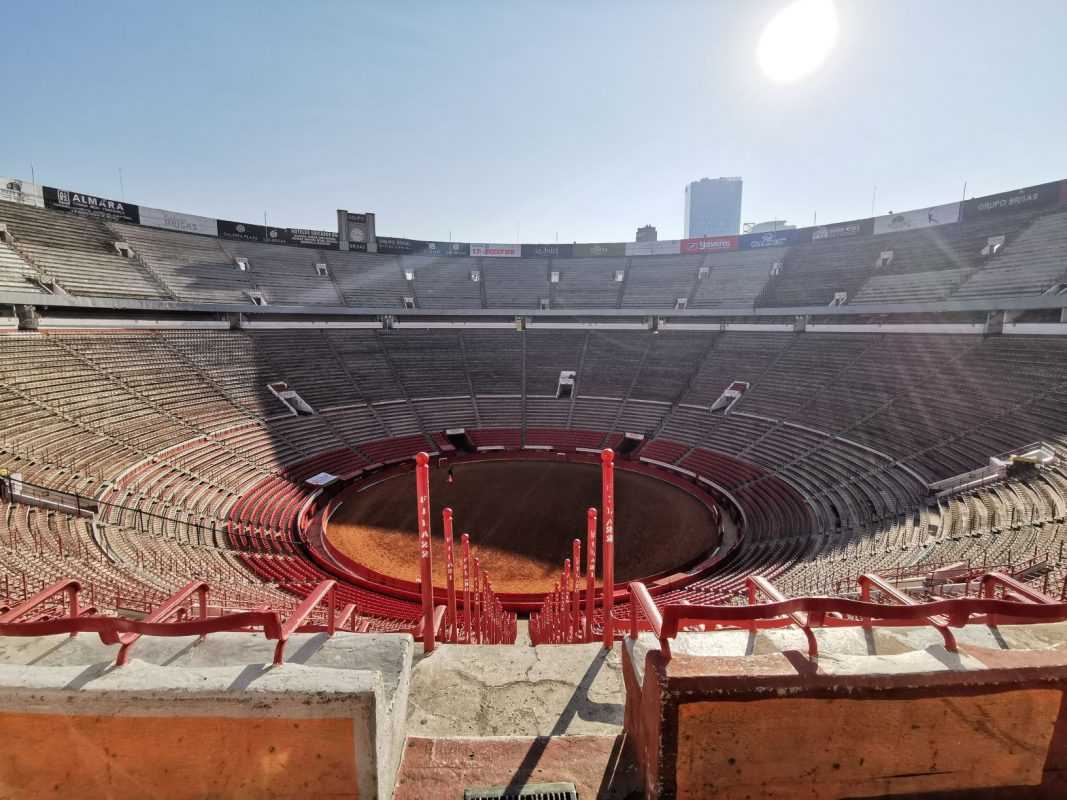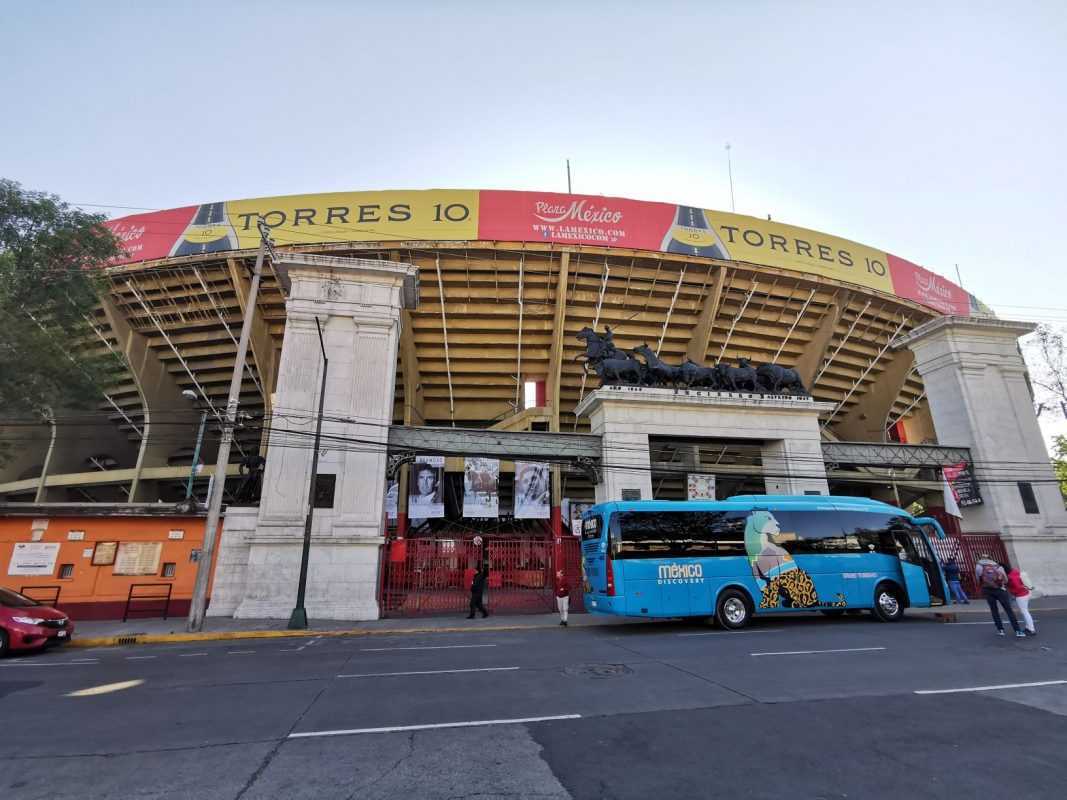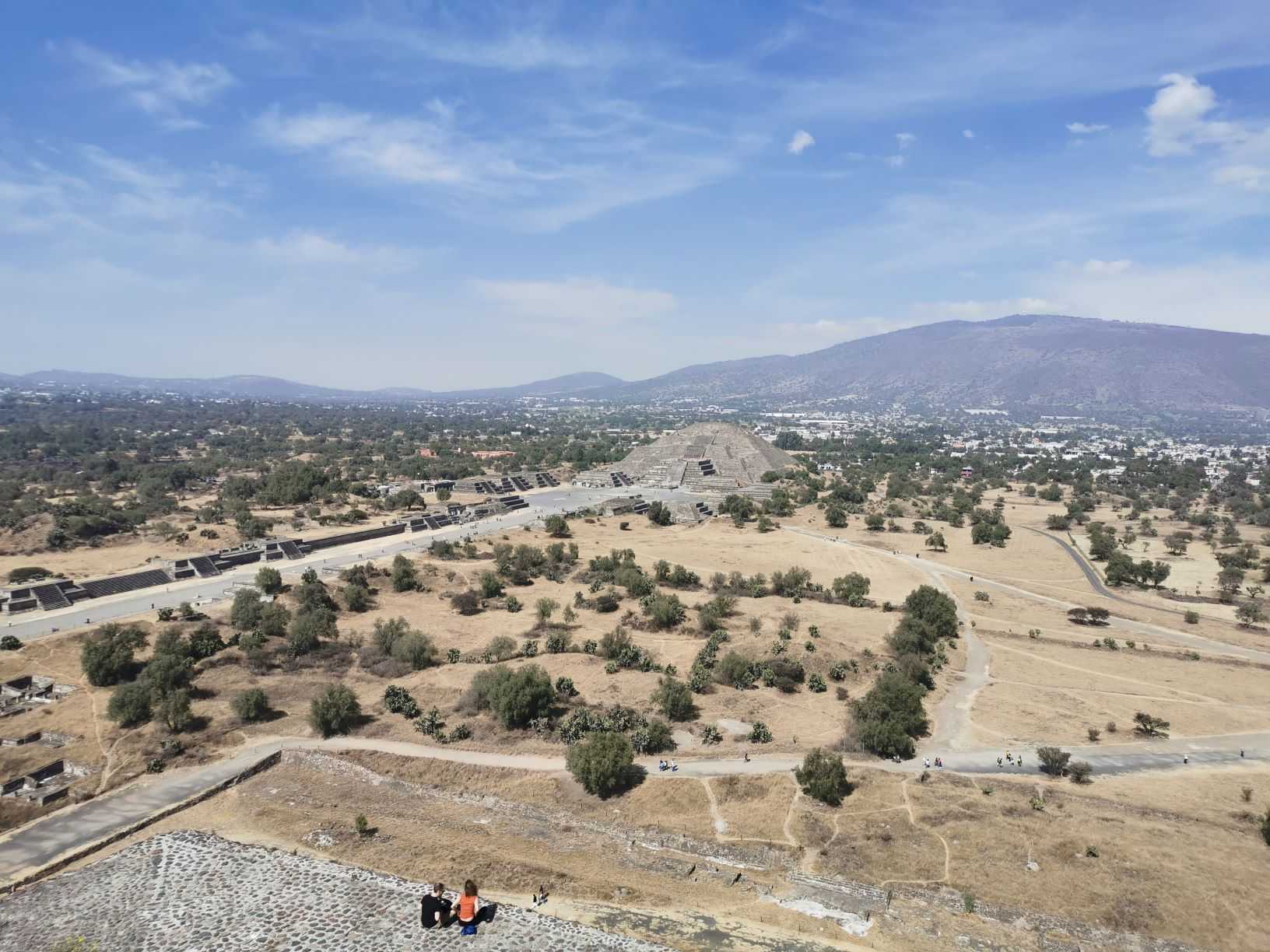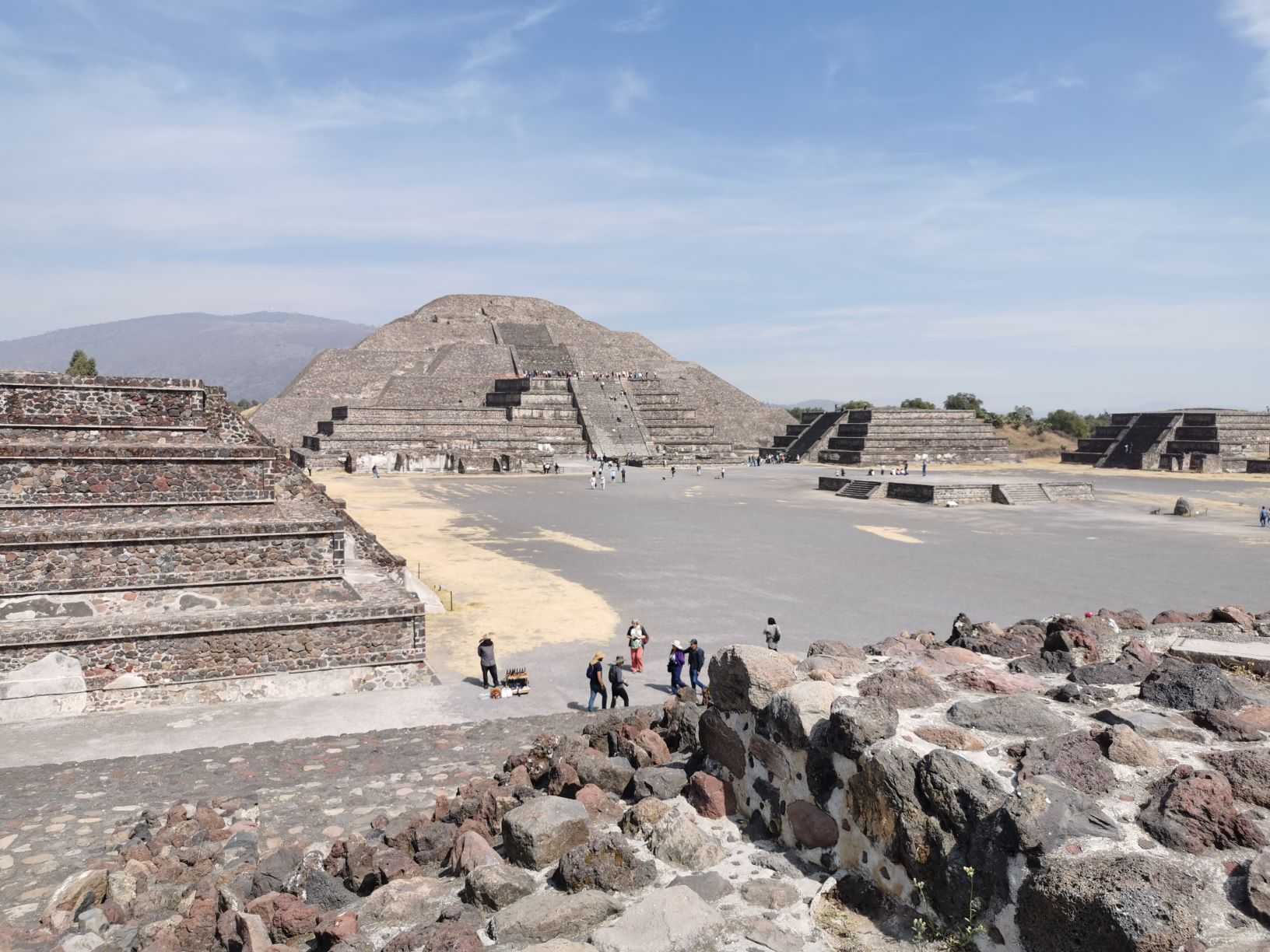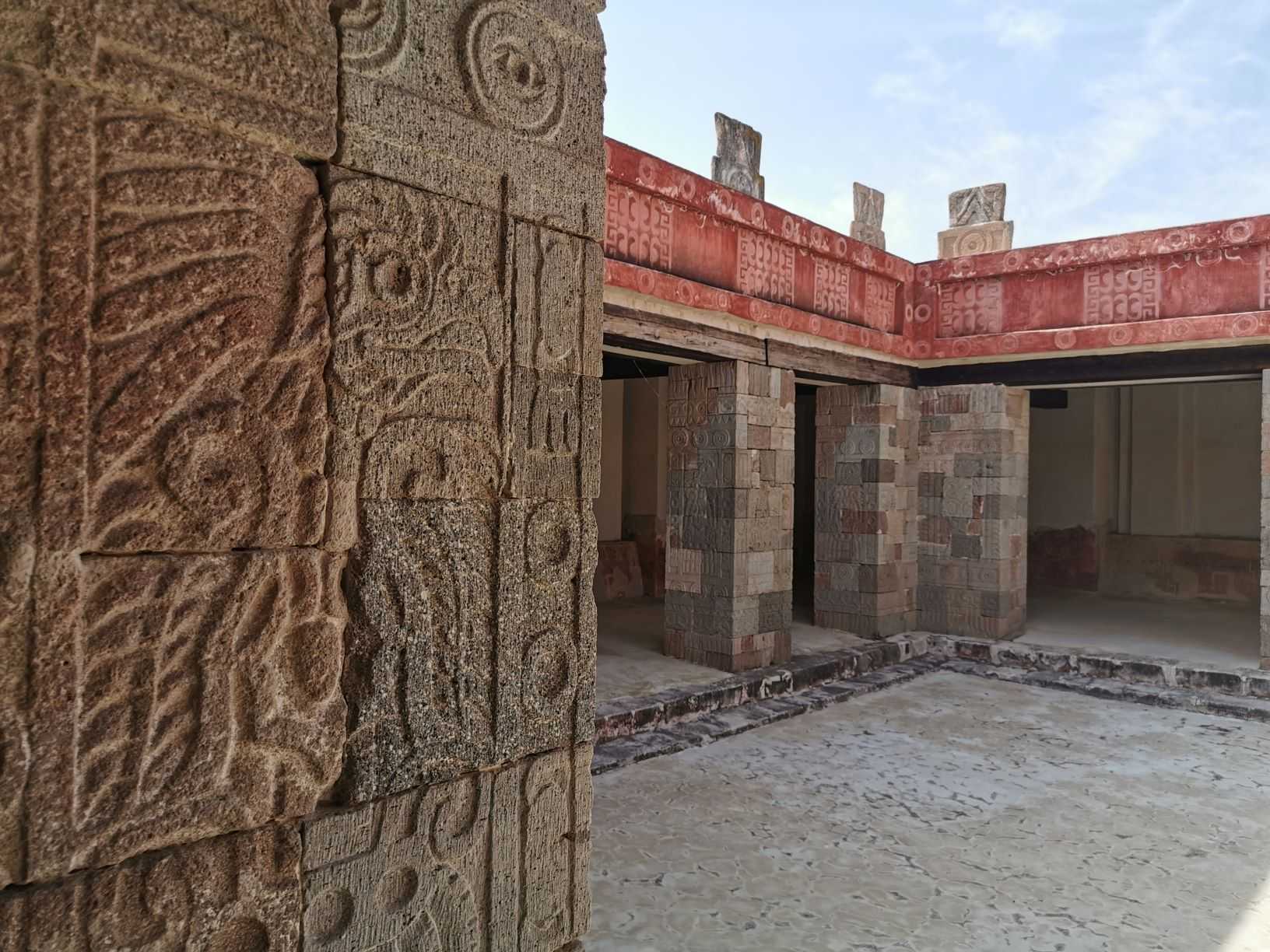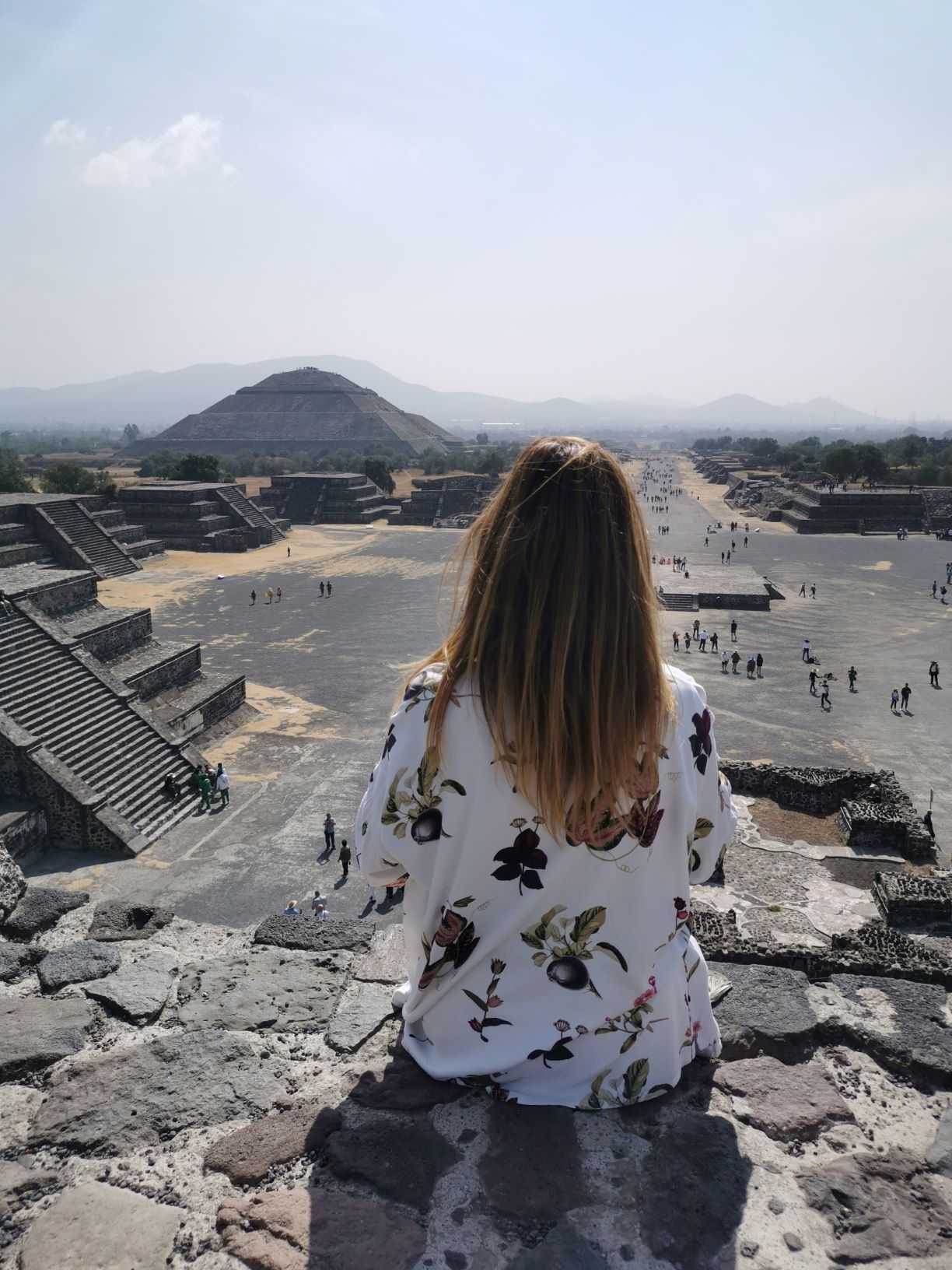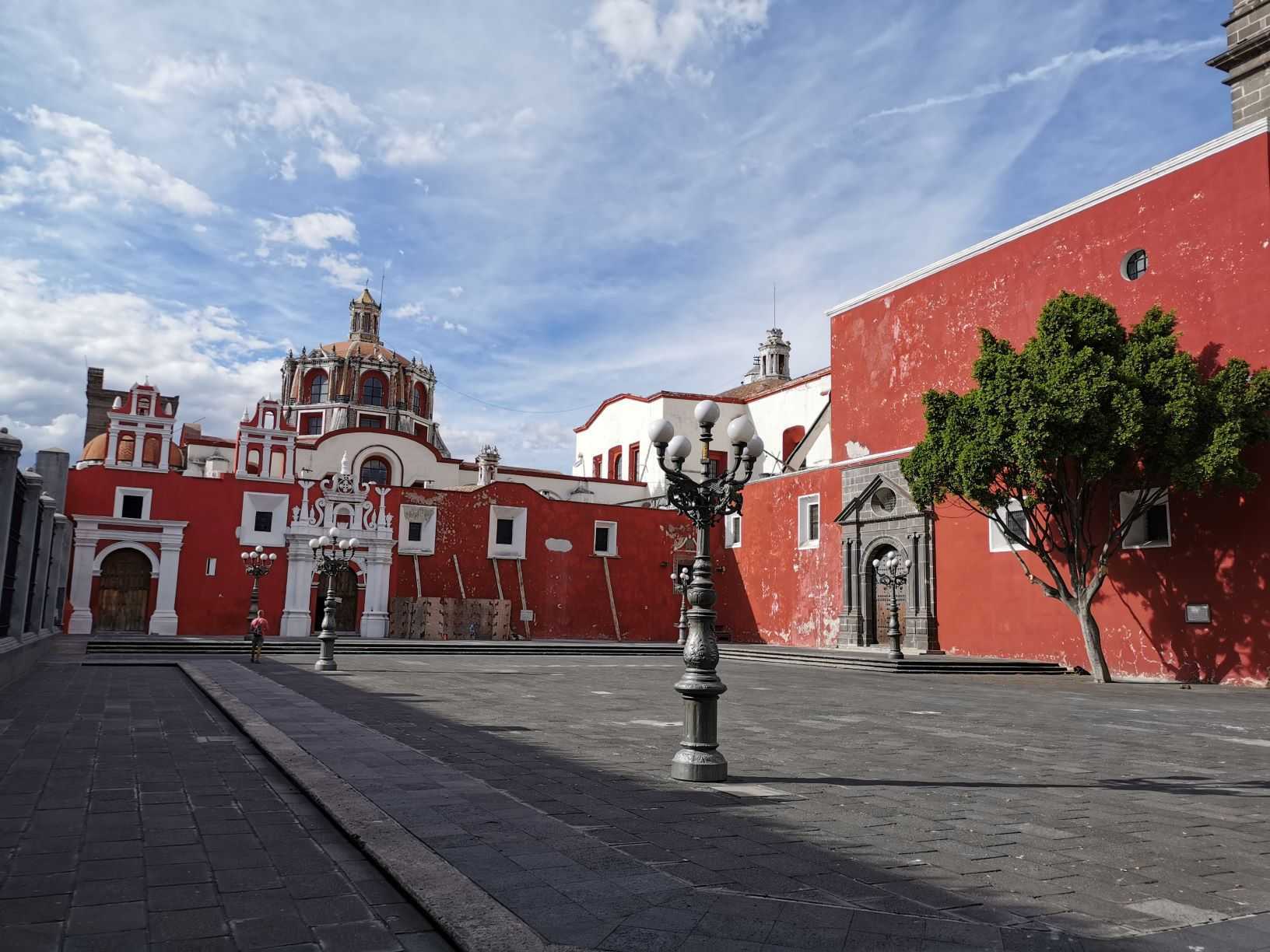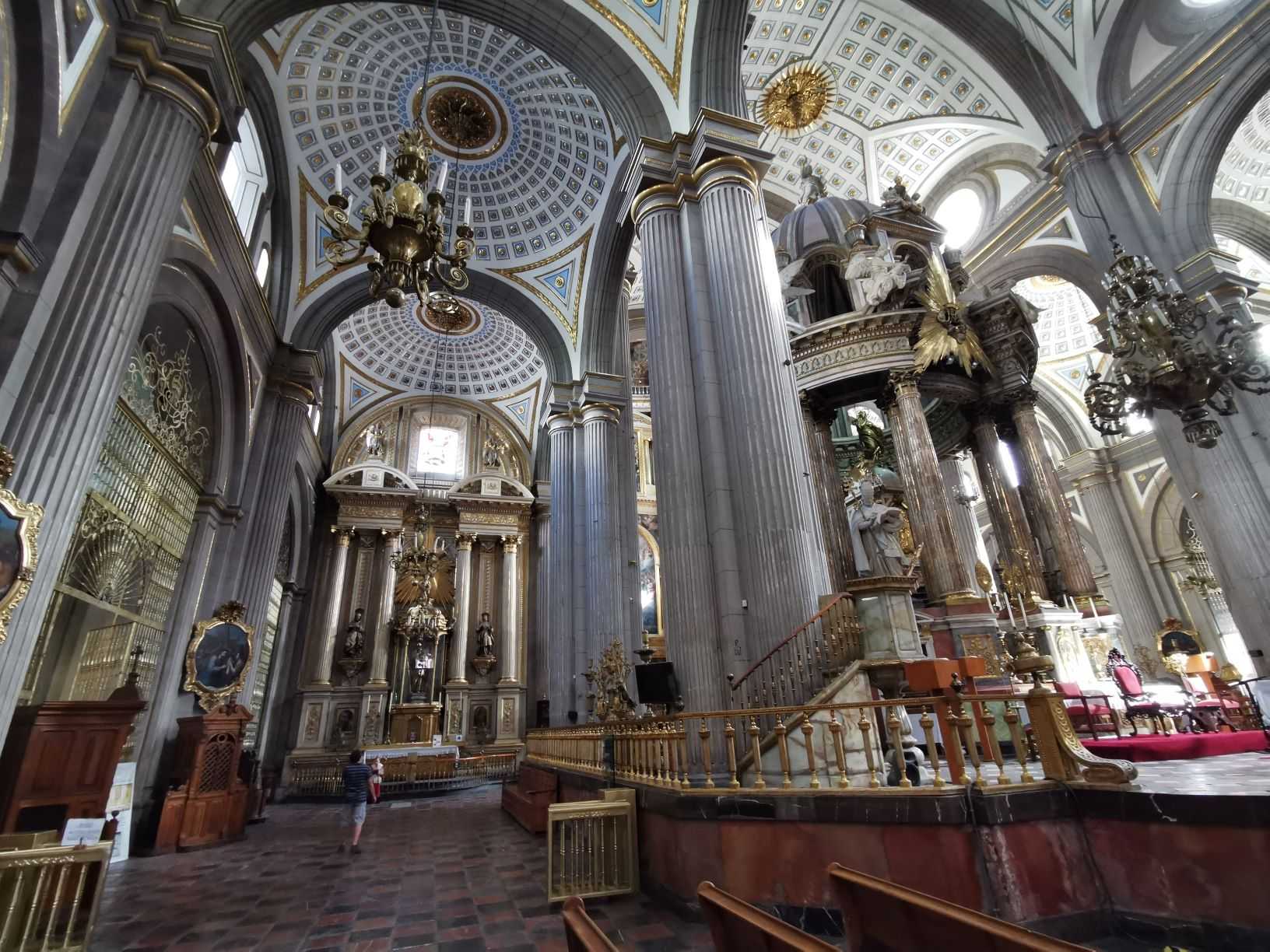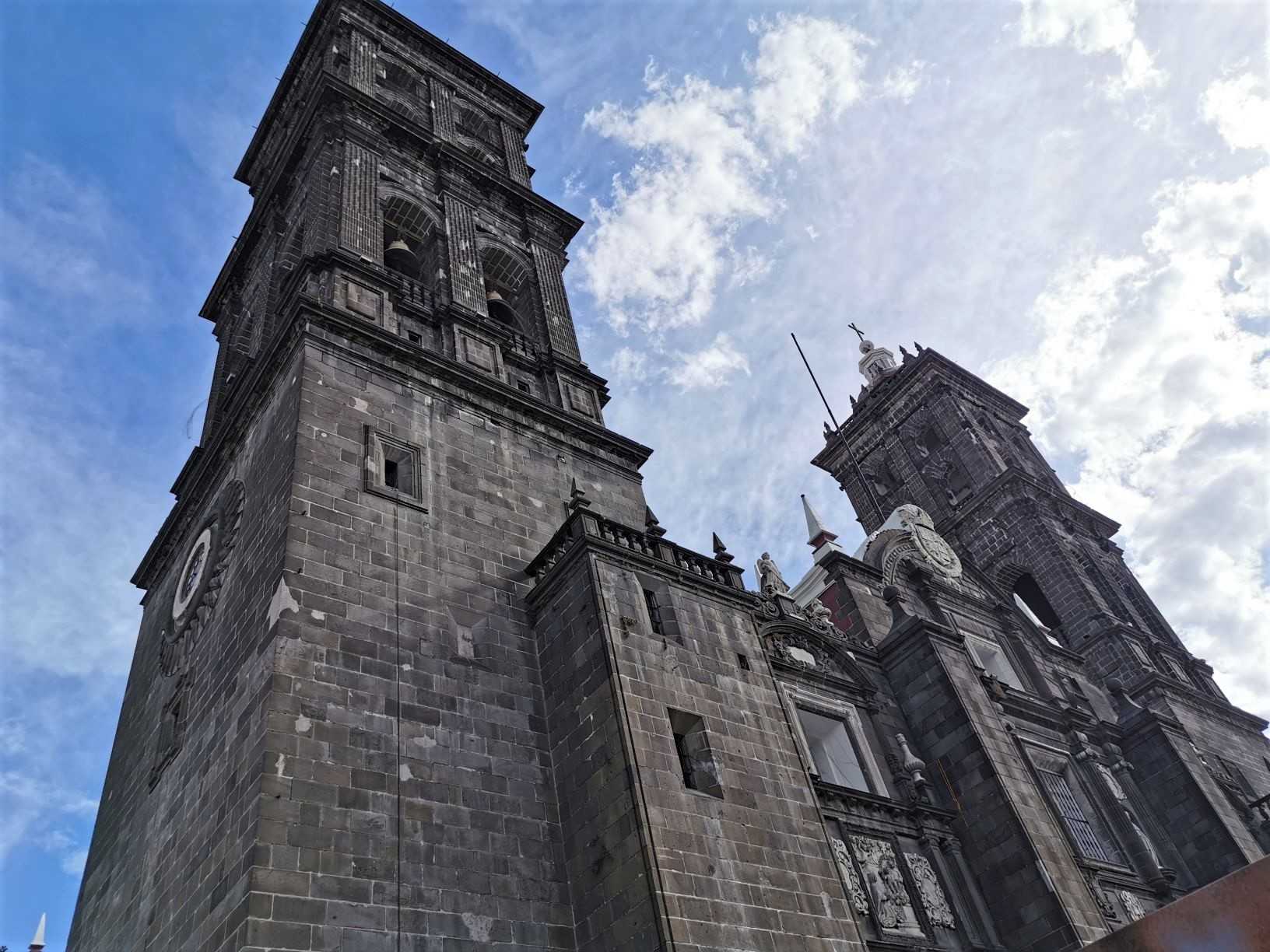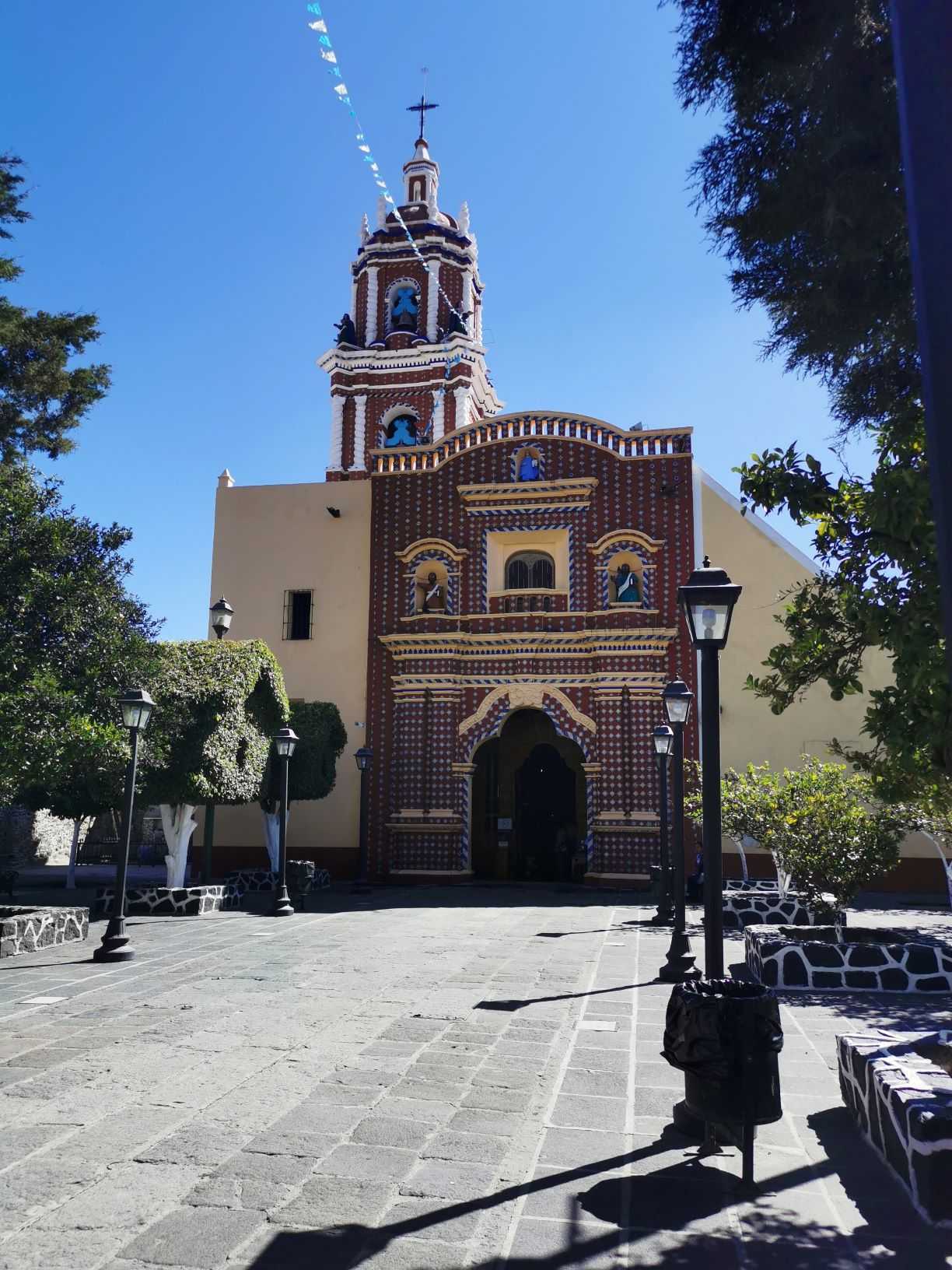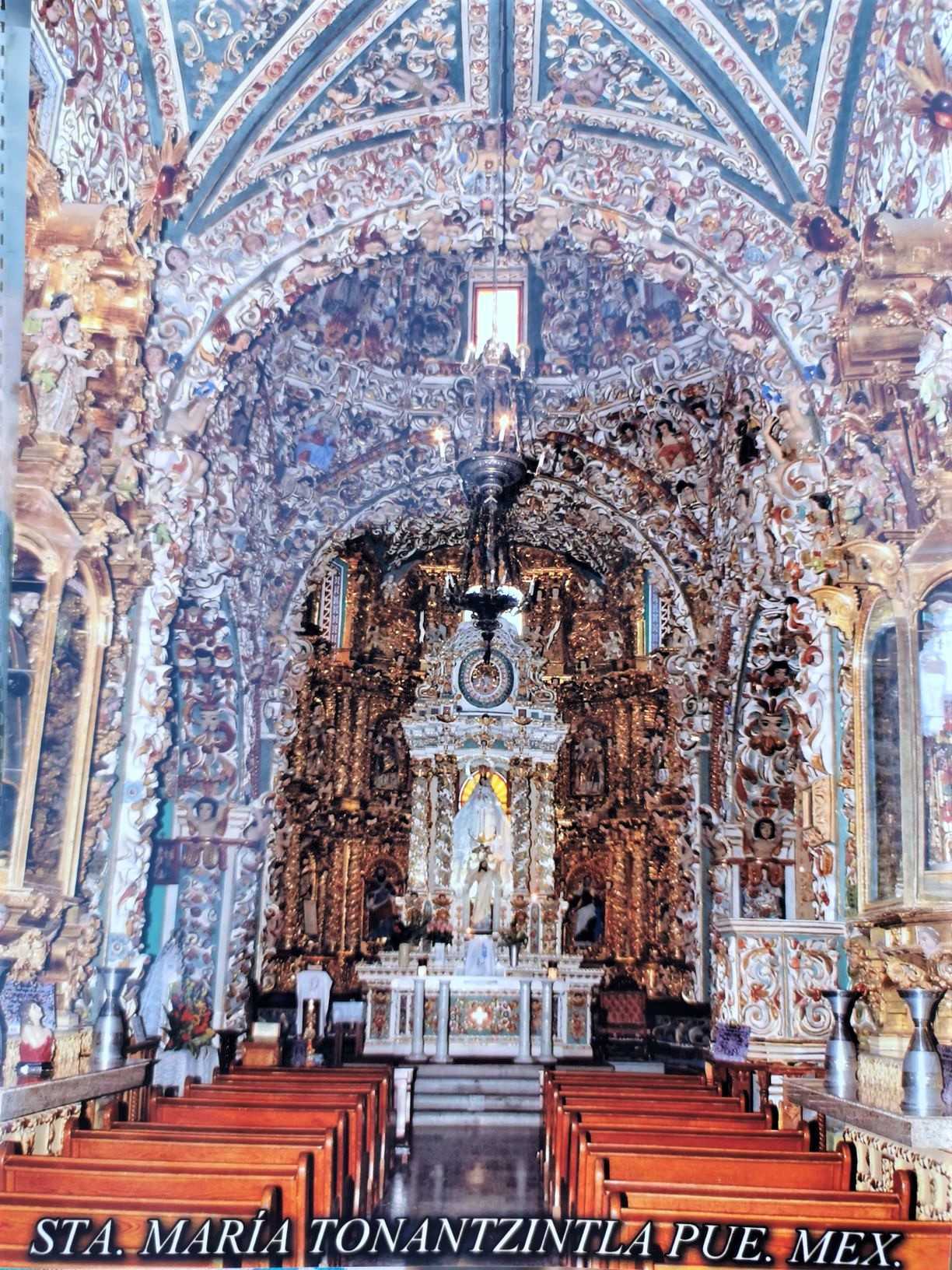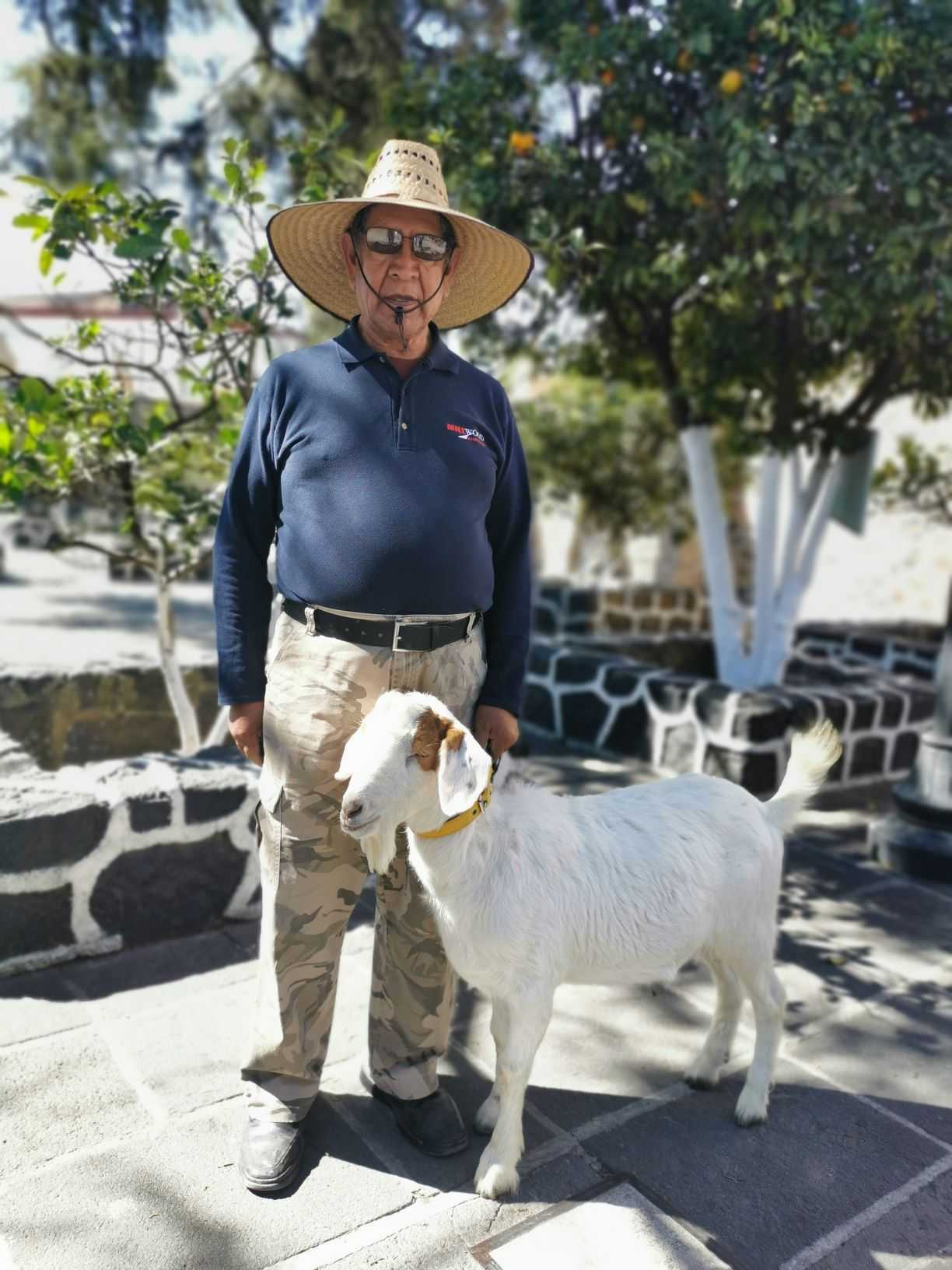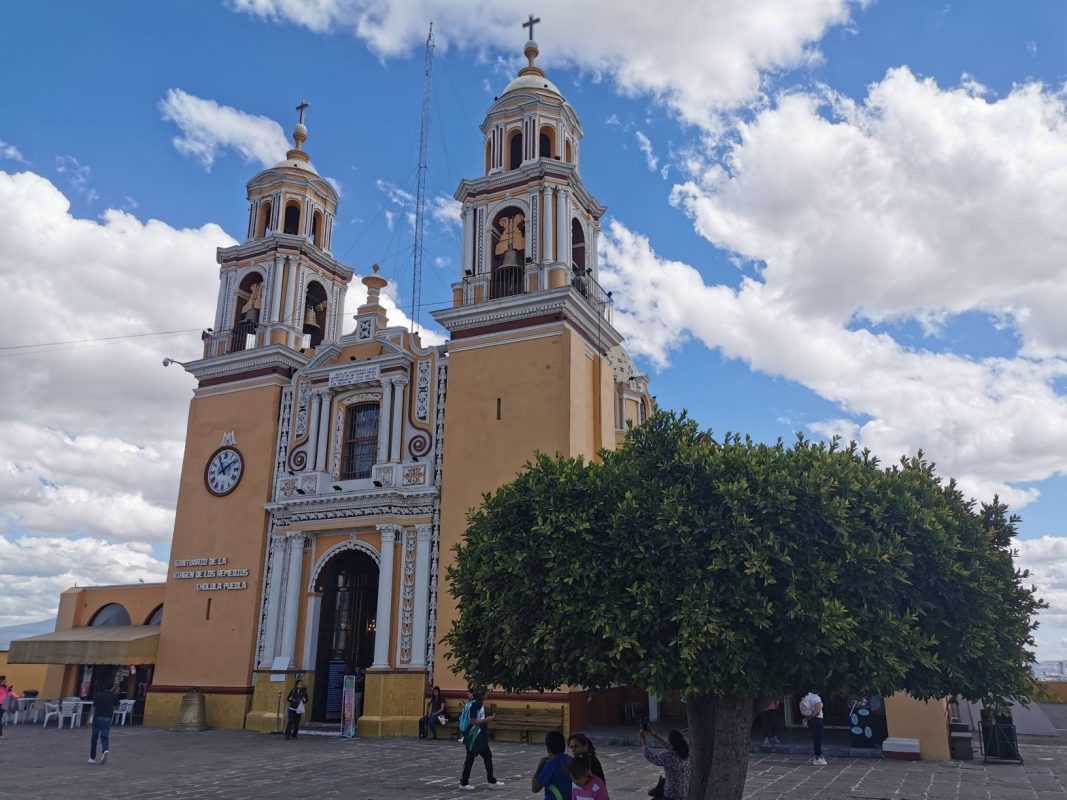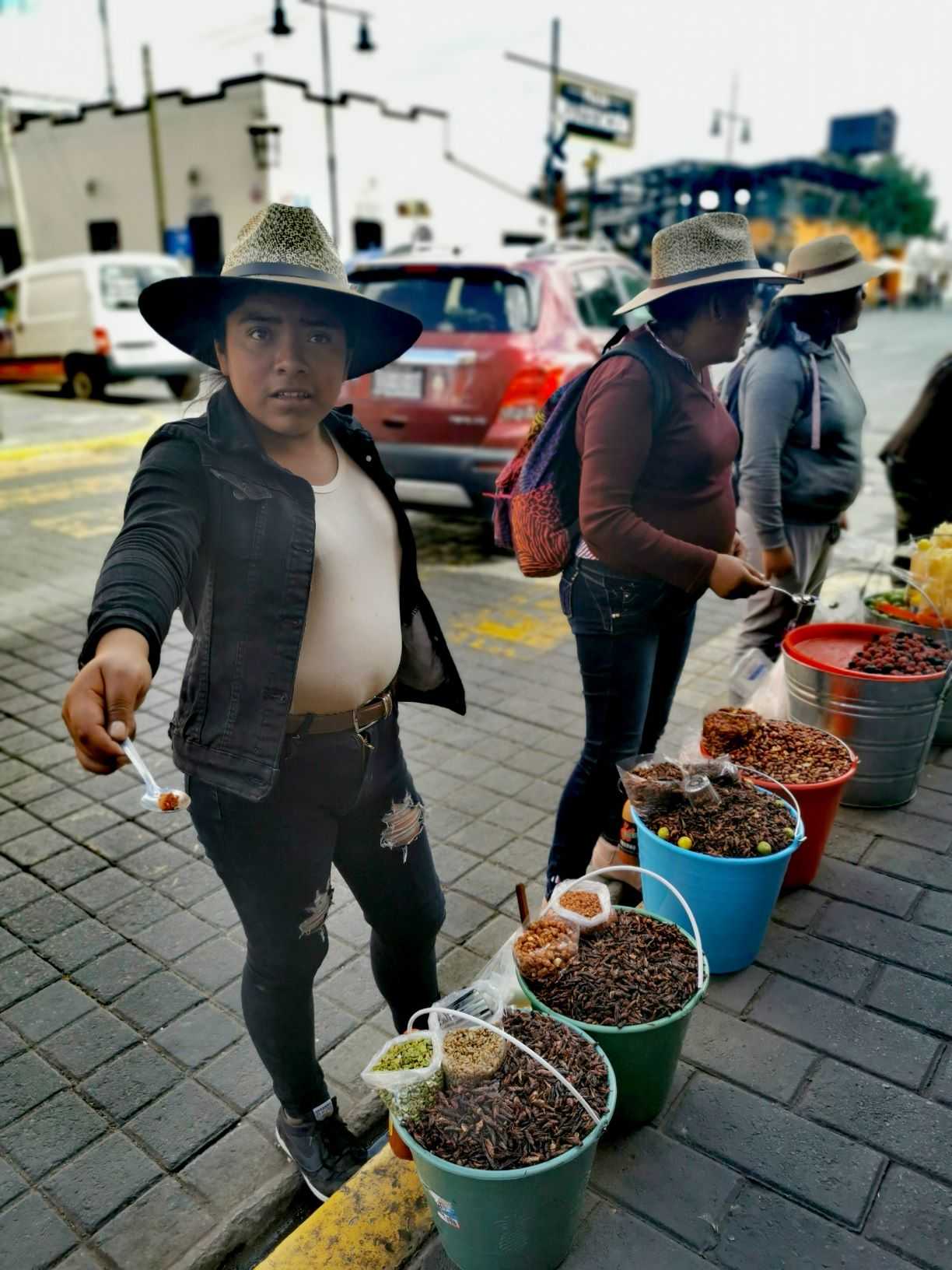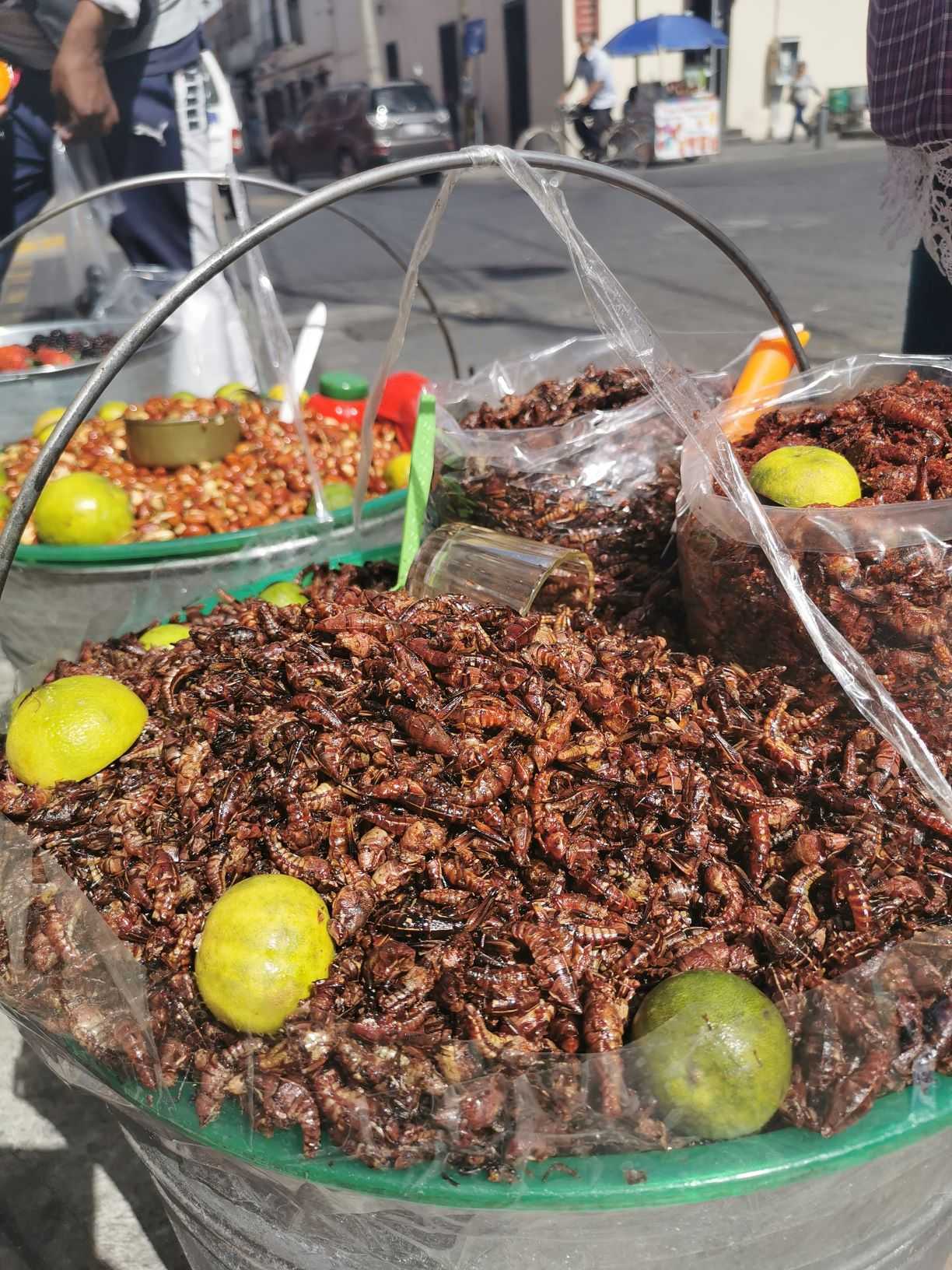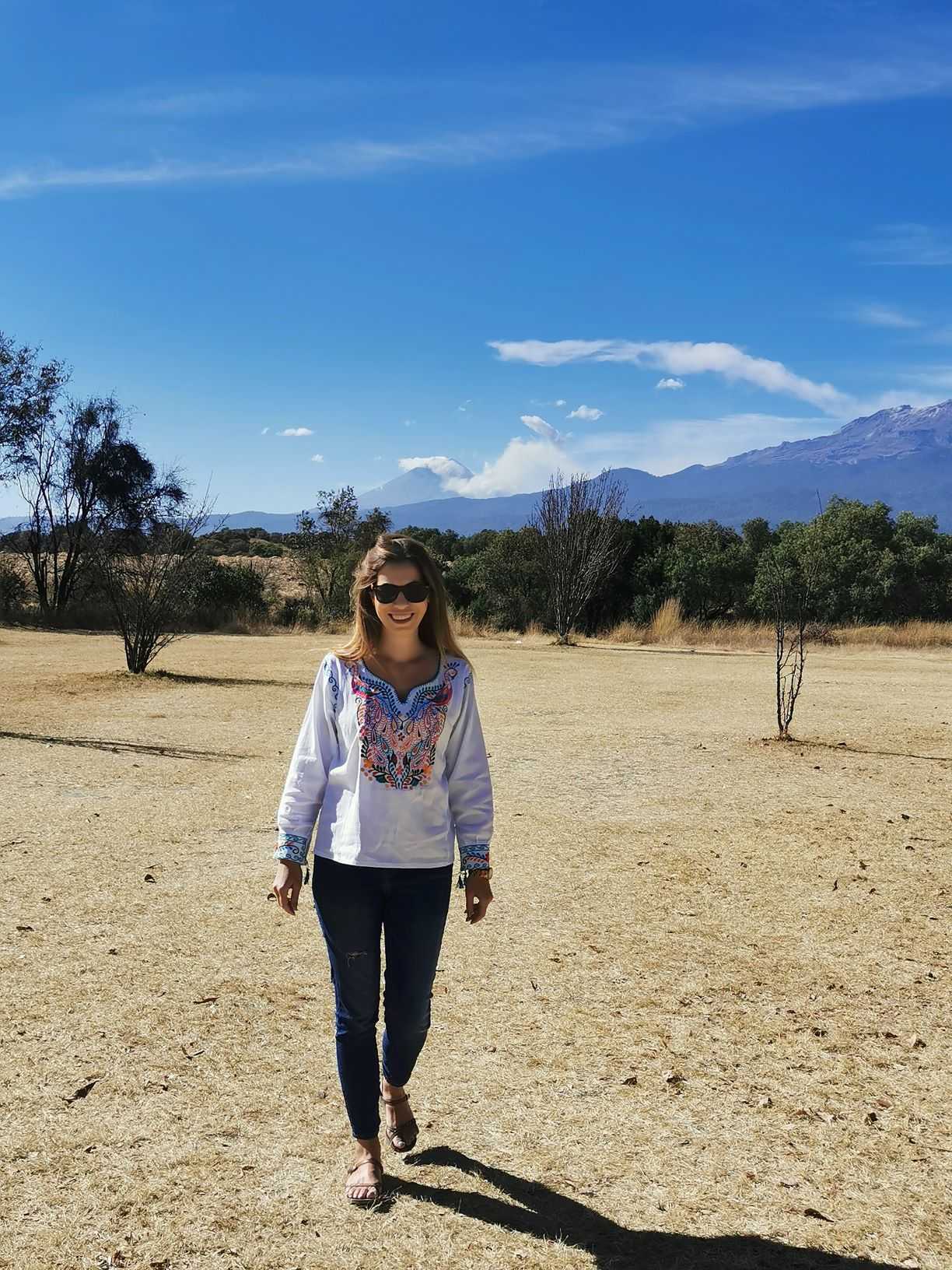Frida, Avenues of the Dead, Aztec pyramids, Indian Baroque, and a hint of grasshopper. In the headlines, a few interesting things you might encounter in the vicinity of one of the world’s largest metropolises. For many, visiting Mexico City doesn’t seem like an attractive option, because its marketing is not the best, as far as security is concerned. And I say you shouldn’t have to go far, there are places and streets that are better avoiding. While you’re in Mexico and you’ve flown across the Atlantic for it, I’d encourage everyone to take a few days off to Mexico City of $22 million people. In and around the capital, there are special places that would be a transgression to miss. In this blog post, I show you the top 10 places I’ve been to. While you can find more Mexican stories and photos on my Instagram page, here.
The historic center of Mexico City
With the arrival of the Spaniards in 1521, the reign of the Aztec Empire and Moctezuma II ended. The former capital, Tenochtitlan, and its buildings were completely demolished by the Spaniards and replaced by Mexico City, which is still known today. The Aztec temples and pyramids were lost, but their building blocks remained. They were used to build Zócalo, the Mexican main square and the religious and governmental buildings around it. Mexico City’s historic center is now a UNESCO World Heritage Site. The most beautiful buildings are clustered around the Zólacó main square. Space itself is huge, it’s the largest in the entire Latin American continent and can take in 100,000 people. One night, we took part in the flag ceremony (every day at 6 p.m.), accompanied by a huge crowd and salutation. The parade of soldiers and orchestras as soon as the national flag is drawn is very spectacular but let us now focus on buildings such as Metropolitan Cathedral, Palacio Nacional and Templo Mayor.
The predecessor of the Metropolitan Cathedral was ordained in 1530, but what we can see today was built 100 years later from the stones of the Aztec main pyramid. In its defense, the church can’t be blamed for it, in fact. With its beautiful exterior, it instantly attracts all eyes. The building has the Spanish Baroque style and the door decorations around the entrance are quite amazing. The cathedral is free to visit, but the interior is quite puritanical. I think it’s worth 20 minutes in your yard, but of course, I never stop when I’m in the church so I don’t say a prayer that I’m cured and healthy. You can read more about why I’m saying this here.
The second place proposed for visual inspection is the Palacio Nacional, where Herman Cortez, the Spanish conqueror, was once based after his arrival in 1521. The palace can only be visited by a tour guide and most of it is closed to the public. What I really liked about it was the huge fountain yard and corridors decorated with frescoes. Interestingly, these works praise the hand of artist Diego Rivera, who later became married to Frida Kahlo.
On the corner of the main square is Templo Mayo, which is both an archaeological site and a museum. Legend has it that the Aztecs once settled here after seeing an eagle sitting on a cactus with a snake in its mouth. This symbol is still the symbol of Mexico and can be seen in the middle of the national flag. Visiting Templo Mayo was a huge experience for me. Thousands of exhibits, jewelry and stories tell of who once lived in Mexico City. If anyone is interested in the country’s cultural and historical past, this place should definitely not be missed.
Basilica of Our Lady of Guadalupe
While still in Mexico City, visit one of the world’s most visited churches and one of Central America’s best-known pilgrimage sites. It is said that on December 12, 1513, the Virgin Mary appeared on the mountain to an Aztec shepherd, called Juan Diego. As proof of the apparition, she left roses (in December!) and asked for a temple to be built on the mountain. Juan Diego collected the roses in his poncho and took them to the bishop along with the news. A further continuation of the story is not known, but it is certain that the church was built on the mountain. The basilica, now known today, was awarded in the late 1970s when the Mexican government tendered for its design.
Many people still attack the building to this day because of its modern character. Well, it’s really not very pretty, I have to admit, it doesn’t look anything like a basilica. The grey concrete building is intended to symbolize a poncho, under which the assembled believers can receive the protection of the Virgin Mary. Inside the church, there is an exhibited relic, the shepherd’s cape, in which he carried the roses in front of the bishop. The cape posted towards the huge Mexican flag can only be viewed on an assembly line (no joke, really), accompanied by the gaze of strict security guards. The basilica is visited by 20 million people a year, more than the Vatican. While you’re in it, let’s take a look around and go into the other churches in front of the Basilica of Guadalupe.
Torre Latinamericana
I’d just like to highlight the skyscraper, which was once the tallest in Latin America. Plus, it’s the first building built to be earthquake-proof. The 182-meter-high tower was handed over in 1956 and is now a lookout tower. Although I was scared going up because of my afraid of heights, somehow I ended up at the top. It would have been a shame to miss it. In night lights, you rarely see a big city of 22 million people.
Frida Kahlo’s home
Casa Azul, or blue house, was the home of the famous Mexican painter and her husband from, who lived here between 29-54. The house can be found in Coyoacán neighborhood, which is now part of Mexico City, but was inherently a separate part of the city. About Frida’s tragic and later life of self-destruction can be read a lot. At the age of six, she was sickened by an epidemic of polio, and at the age of 18, because of a tram accident, her body was literally stab draped through a column. Her life could be saved, but her body was shaped, so she had to wear a corset for the rest of her life. Lying in the hospital bed, she began painting, initially self-portraits, using a mirror hanged towards her bed. When she came out of the hospital, she continued painting and reached out to the then acclaimed artist Diego Rivera to learn from him. The relationship turned into love, followed by a passionate marriage and divorce, which was a popular topic of contemporary press.
Frida’s work was ignored for a long time for political reasons, only after her death, she became an emblematic figure of Mexican fine art. Casa Azul attracts a lot of tourists, it is worth arriving well before opening if you want to avoid a long queue. You can’t make video inside the house, but you can take pictures with a special ticket. Although I really liked the place and the exhibition is nice, I didn’t have the spirit of the place as much as I expected because of the tourists.
Plaza Mexico and bullfights
Last place in Mexico City I suggest you visit. And I want to make it clear right from the start that I’m with the bulls. At the same time, it is not possible to turn a blind eye to the popularity of bullfighting in Mexico to this day. Plaza Mexico, the nation’s largest stadium, can accommodate 43,000 people. There are several seasons a year, during which 10 or 15 bulls are sent to the arena for fighting with the matador. When we were there, the building was empty (fortunately), but in the middle, there was a practicing man. If you want to see a bullfight, you have to reach into your pocket. The cheapest ticket starts at 200 Mexican pesos, while the shaded, highlighted places cost 1,100 pesos or about 20,000 HUF. Plus seat cushion, because they should be taken separately.
Pyramids of Teotihuacán
Let’s continue our adventure outside Mexico City towards Teotihuacán, to be exact. Prior to Columbus, it was the largest city in Central America, with 200,000 in its golden age. The name of the place is literally a city of gods, now a UNESCO World Heritage Site. Teotihuacán’s founding and early history were shrouded in obscurity. It is certain that the Pyramid of the Sun was completed around AD 100, which is the second largest pyramid in the New World.
In the regular square town, countless shrines, murals and noble houses were maintained, reserved for nobility and priests. Teotihuacán’s buildings, according to archaeologists, served ceremonial purposes, were not inhabited by humans, were only used at special gatherings. The most beautiful sights of the former ancient city are undoubtedly the pyramids, the sun and the Moon Pyramid, which you can go up to and admire from the top in the Avenue of the Dead that connects them. The view from the top of the Moon Pyramid is much nicer, but it is worth climbing both because it is a completely different sight to the city.
Puebla’s World Heritage Old Town
Mexico’s fourth biggest city, formerly known as Ciudad de los Angeles, is the city of angels. There are plenty of monuments, colonial Baroque buildings in the old town section, which is full of charming streets and churches. It has become a World Heritage Site for a reason, among which the cathedral stands out. Literally and beautifully. Although many buildings were damaged by continuous earthquakes, it was still very charming Puebla and as a city, this place was closest to my heart. If you’re here, visit the first public library on the American continent too.
Tonantzintla and the Indian Baroque
If you want to see something special halfway between Puebla and Cholula, stop at this church. The special feature is that the Catholic monks asked the Indians who lived here to help to decorate the building. Only here in the world can you see angels wearing Indian feathered headdresses, as far as the depiction of the saints is concerned. The interior of the altar and the entire church is decorated with gold plates and is incredibly detailed. Unfortunately, you can’t take pictures inside, but on your way out, you can buy from pictures taken by the official photographer. I think I’d taken nicer pictures with my phone, but that was just a parenthesis comment. To this day, animals are often brought to the temple of Tonantzintla for a blessing. I have experienced this in the person of a gentleman in a hat and a goat, and I dare hope that they were really for the purpose of blessing in the courtyard of the temple, and for no other reason.
Cholula: the world’s largest pyramid
The largest pyramid in the New World is located in Cholula and has a floor area of 400×400 meters. From the outside, it does not seem to be a pyramid, as it has been completely overgrown by trees and has been taken back by nature. But archaeological excavations and investigations have shown that beneath the ground is a huge pyramid that has been abandoned for more than 1,300 years. The arriving Spaniards built a church on the top of the former Aztec pyramid for religious purposes. In order to see the temple, you need to climb the pyramid and the stairs to it. As an energy source, you can taste and buy fried grasshoppers at the street vendors at the base if someone has a taste for it.
Popocatépetl
I would like to draw the attention of those traveling to Mexico to Popocatépetl volcano as a 10th attraction. It remains active to this day, and the 5,426-metre hill dominates the entire skyline of Mexico City and its surroundings. Sometimes it dominates the sky too and causes problems in aviation. We were just at the base of it, but it was still beautiful to see. If you are more interested in the volcano, you can hike in the national park around it as part of a one-day program.
***
If you haven’t had enough of Mexico and you’d love to read about what it’s worth looking at in the Caribbean, or what cenote caves look like, I wrote about them here and here.


